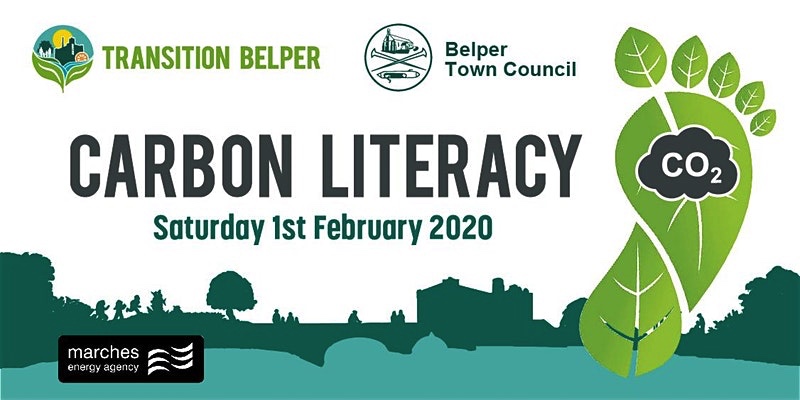I like to walk along the Cromford Canal and enjoy the wildlife, industrial heritage and numerous wildflowers. One of my favourite walks starts in the village of Lee where Florence Nightingale and John Smedley came from. Parking near to the Smedley factory the walk starts along the Nightingale arm of the canal. John Smedley Knitwear was founded in 1784 at Lea Mills, Matlock, Derbyshire by Mr. John Smedley and Mr. Peter Nightingale (Florence’s great-great Uncle). The Lea Mills factory is still John Smedley’s home, making it the world’s oldest manufacturing factory in continuous operation.
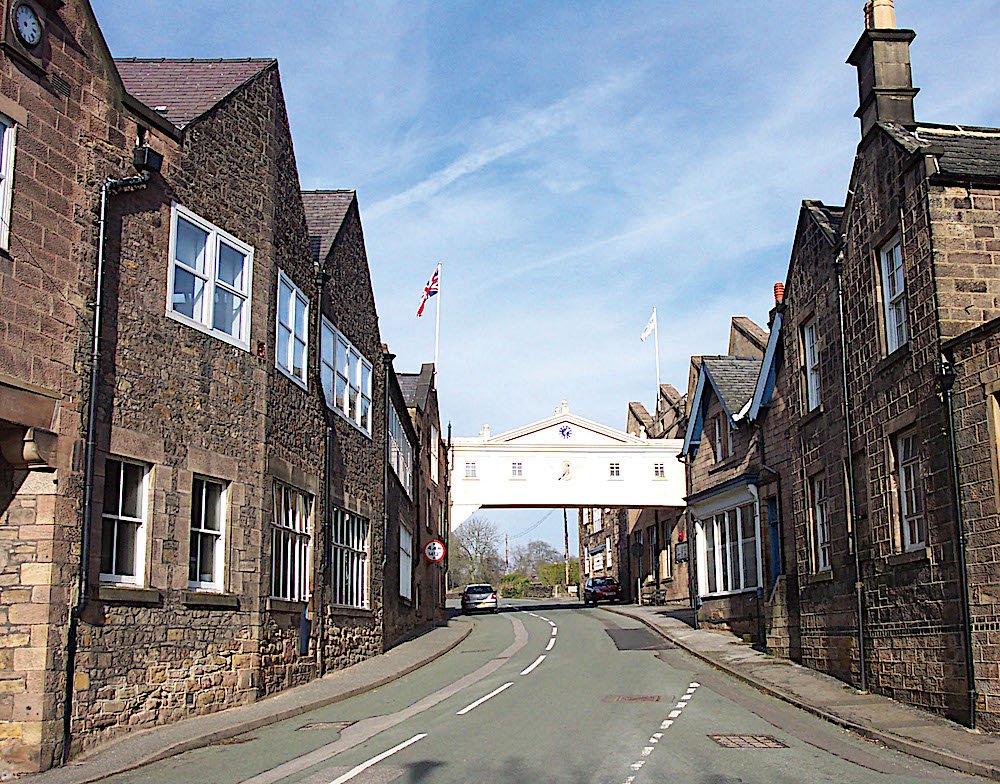
The construction of the Cromford Canal was completed in late 1794, to improve the movement of heavy goods in and out of Cromford. The canal soon became very busy moving thousands of tonnes of stone all over the country from Cromford Wharf. Lead was taken the much shorter distance to the smelter at Lea, using the Nightingale Arm of the canal. One of the most unusual of shipments was two stone lions, sculpted in Darley Dale and then taken by canal to Liverpool, where they can still be seen standing by the entrance to St George’s Hall.
The Nightingale arm of the canal joins the main canal at the site of Aqueduct Cottage.
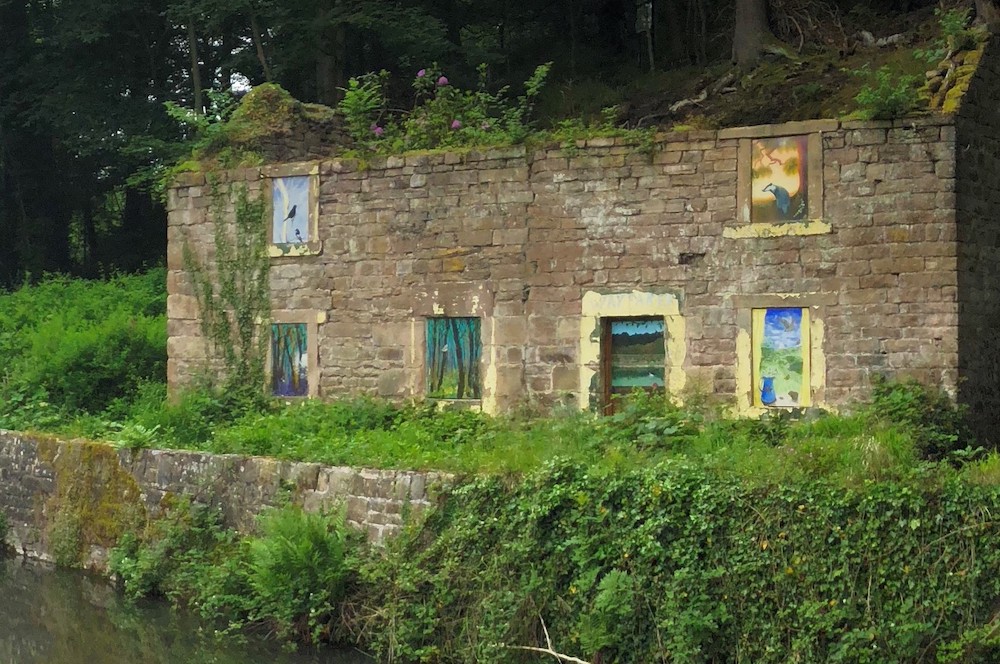
Aqueduct Cottage was originally built as a lengths-man’s and lock-keeper’s accommodation in 1802 by Peter Nightingale. It was necessary to have a stop-lock at the entrance to this arm of the canal and the operation of the lock needed to be supervised by a lock keeper. This is most likely the reason for the construction of the cottage in this location. The cottage was occupied until the 1970s but then gradually fell into disrepair. It is currently being repaired by the Derbyshire Wildlife Trust with the help of many volunteers. It will become a visitor interpretation centre, to tell the story of its history, the former people who lived there, and how these aspects related to a Derwent Valley landscape.
Once I have walked the short distance from Lee to the main canal I can choose to turn right and walk towards High Peak Junction or left towards Whatstandwell. On this occasion I turned left and this is a record of some of the flowers seen at the beginning of August 2020 along this stretch of canal.

Rose Campion 
Tufted Vetch 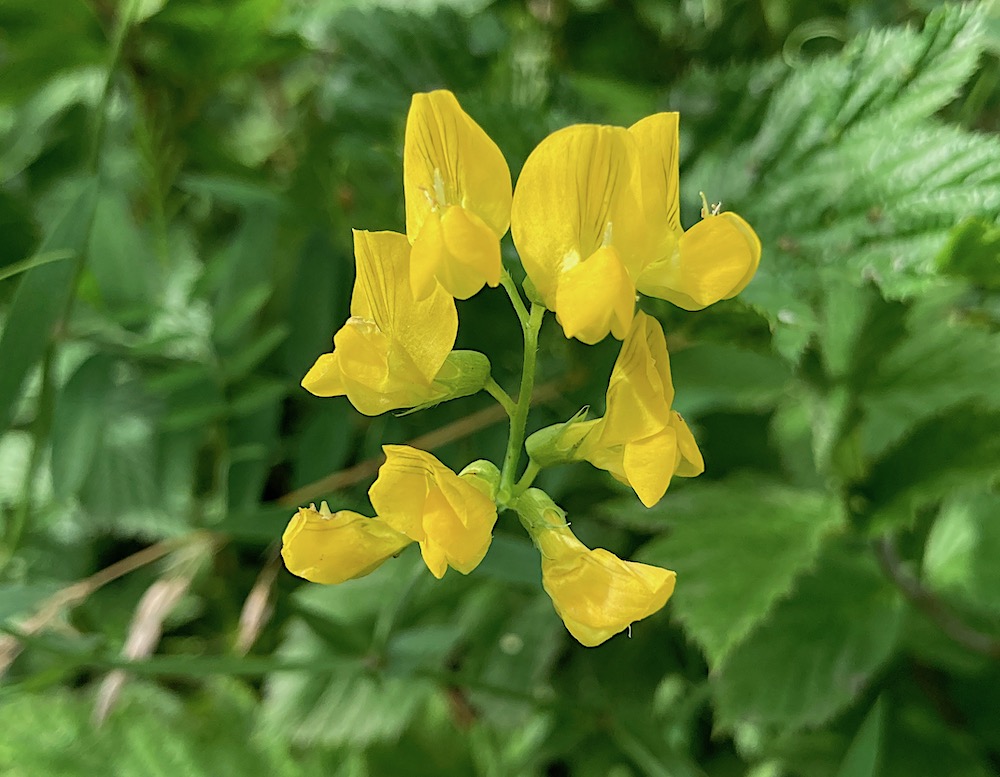
Bird’s-foot Trefoil 
Burdock 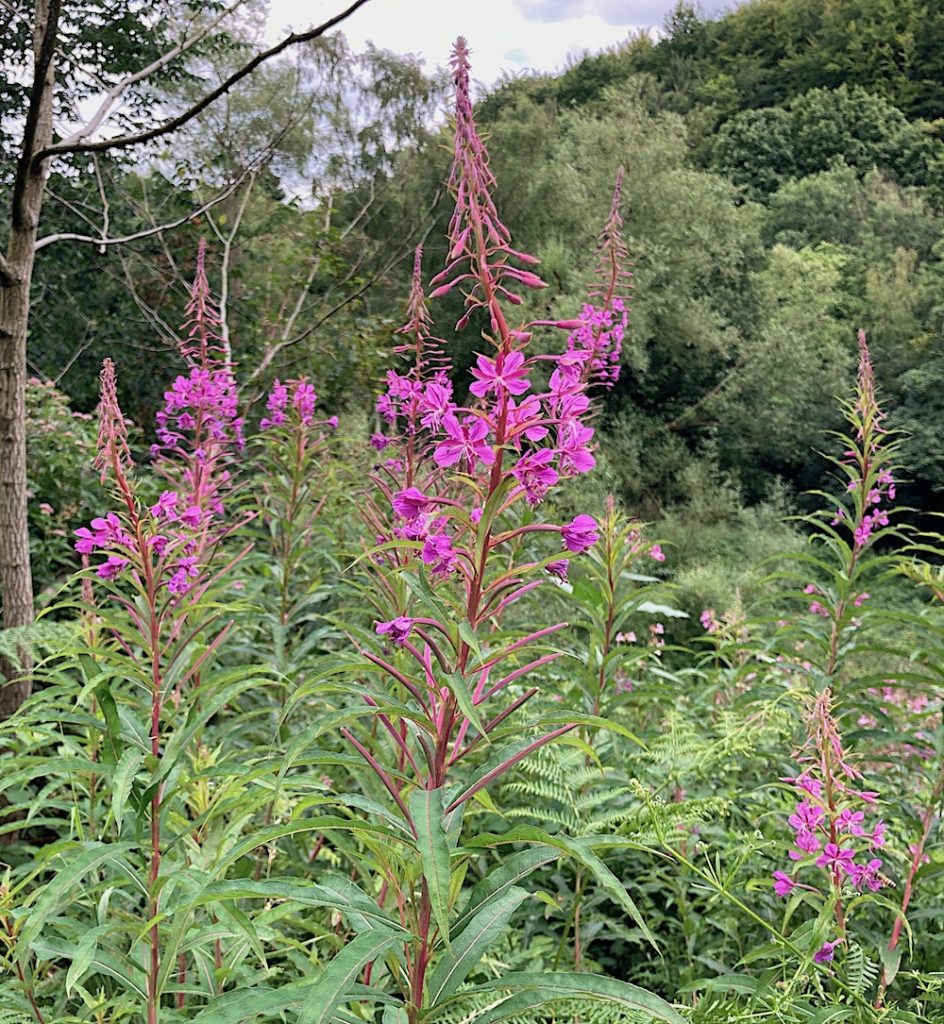
Rosebay Willow Herb
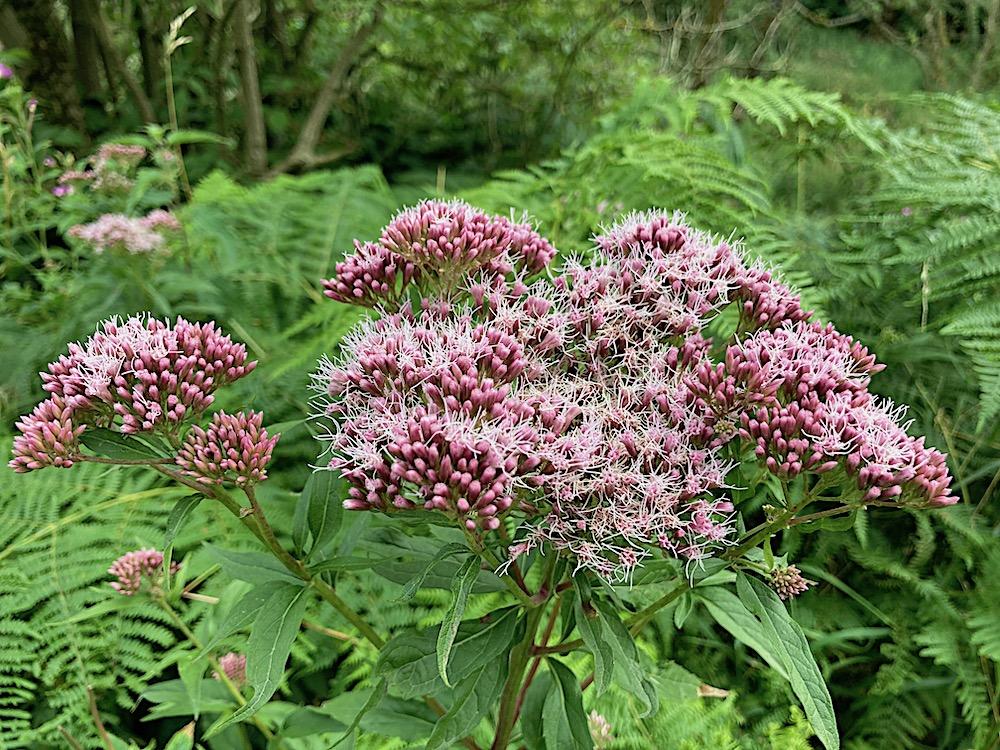
All along the canal there is plenty of Meadowsweet, which is edible and can be used in similar ways to elderflowers. Once valued for its lasting fragrance; the dried flowers were strewn across floors to perfume the home, and was said to be Queen Elizabeth 1’s favourite scent, ‘for the smell thereof maketh the hart merrie’. It was also used in Anglo-Saxon times to flavour mead, and has had many medicinal uses. In the 1890s it was used to make acetylsalicylic acid later known as aspirin but unlike todays aspirin it is kinder on the stomach.
Along this stretch of canal there are several Guelder Rose and Bramble bushes, this year both have plenty of ripe juicy fruit.

Blackberry 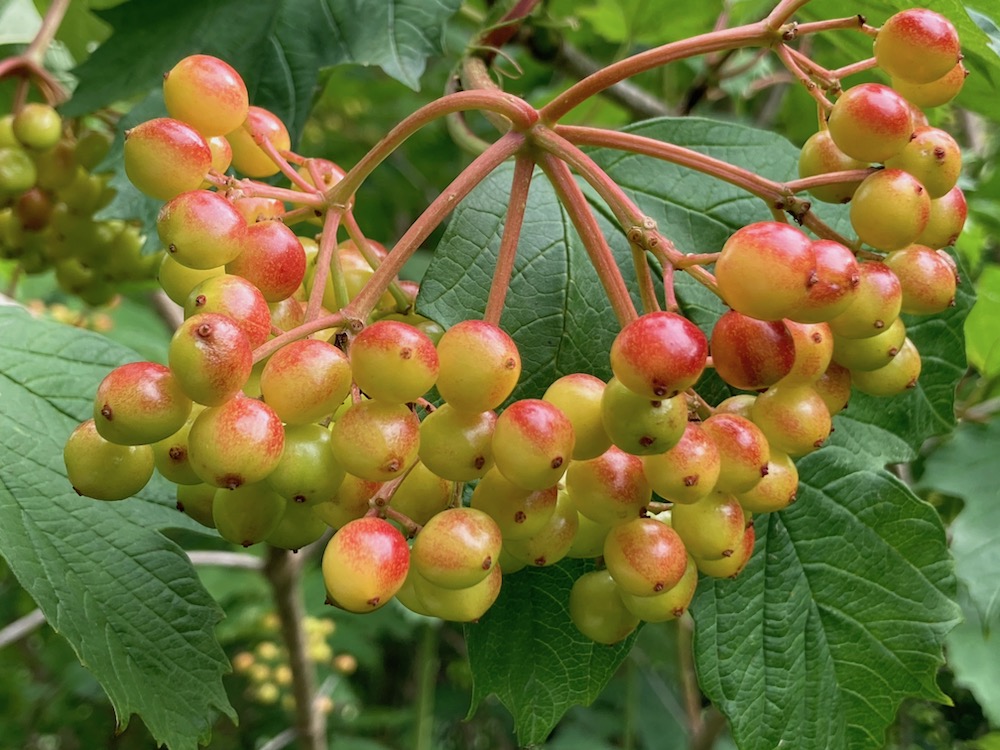
Guelder Rose
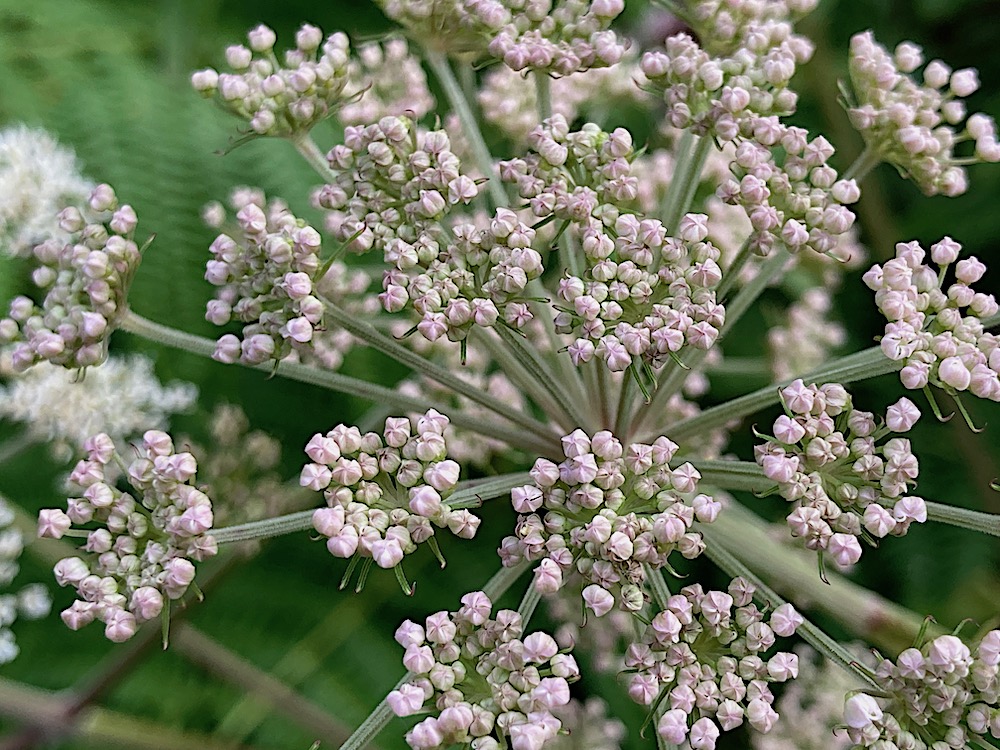
Wild Carrot 
Great Willowherb 
Hemp Nettle 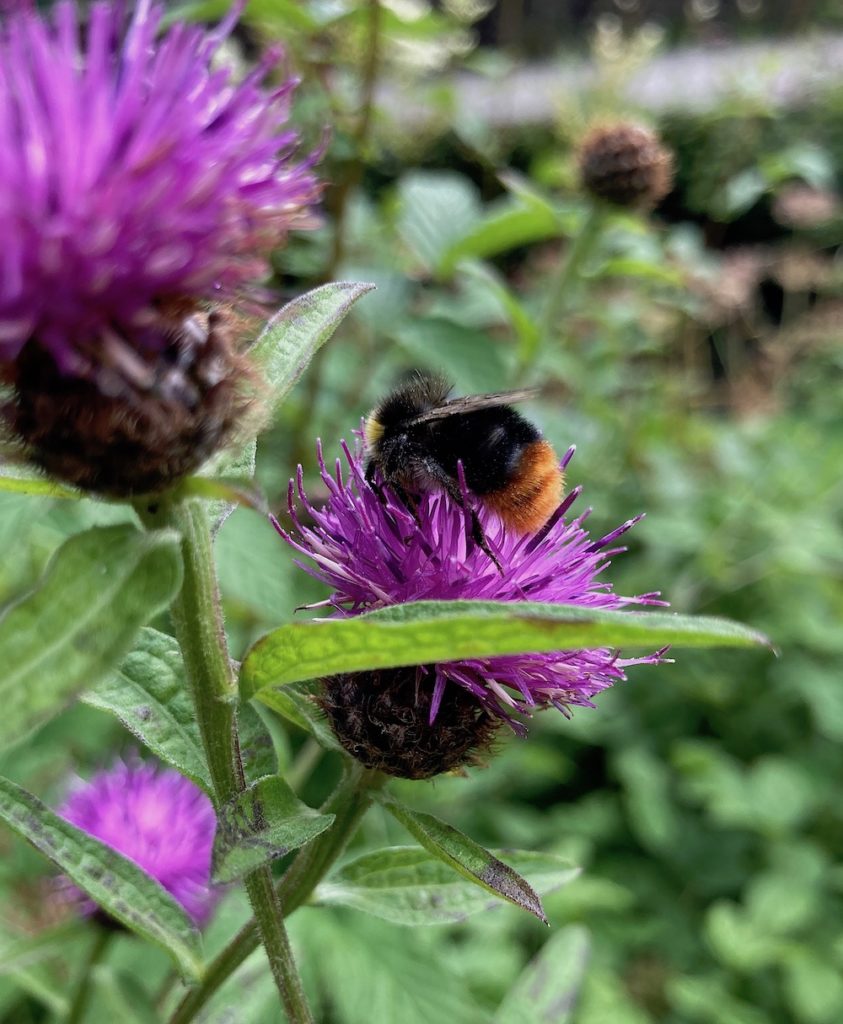
Common Knapweed 
Common Sorrel
The flowers and berries this year have been beautiful and seem more rampant than usual, maybe due to weather or less pollution because of lockdown.
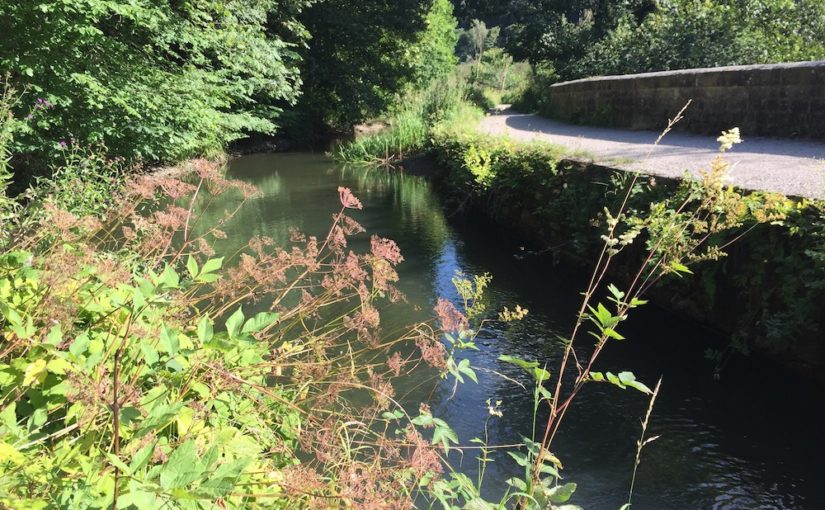
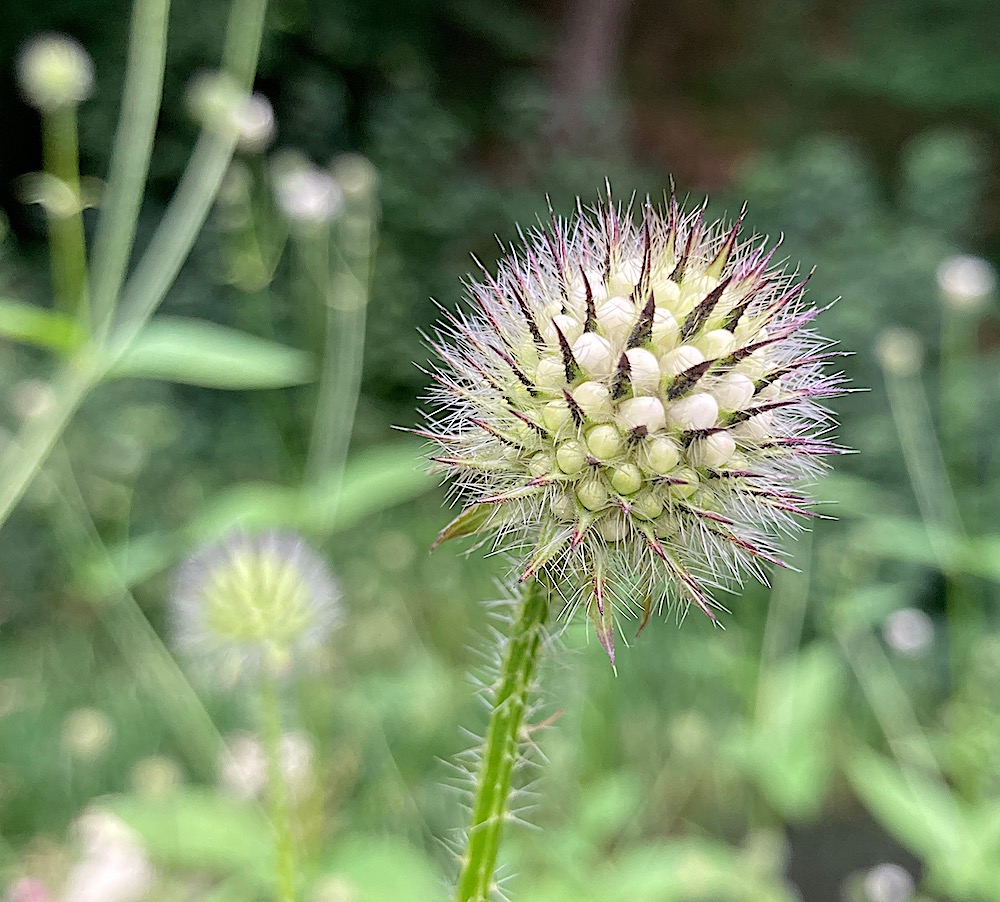
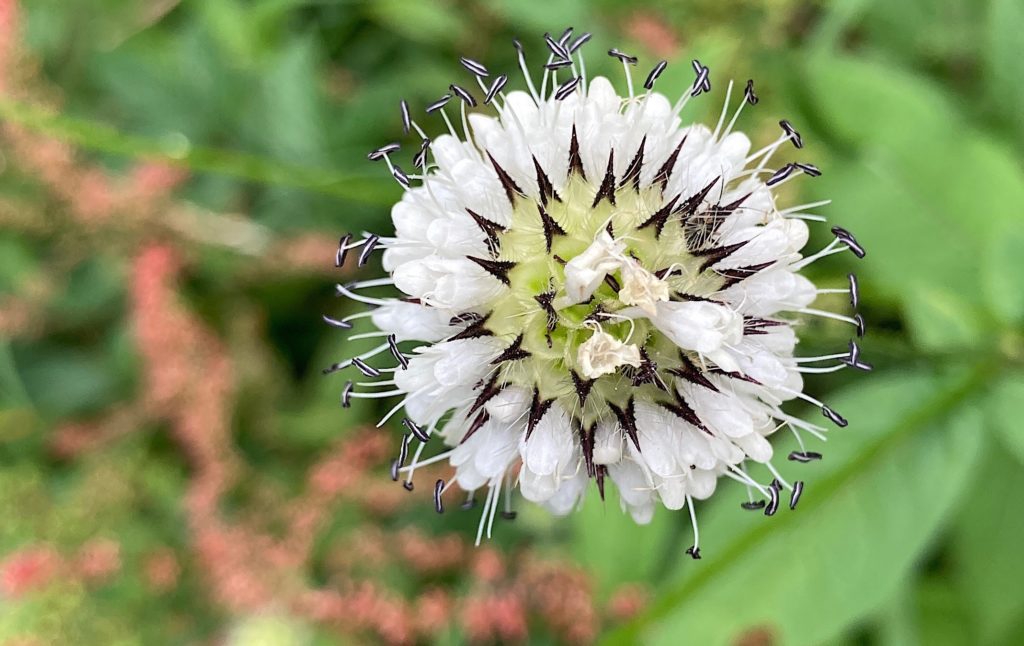

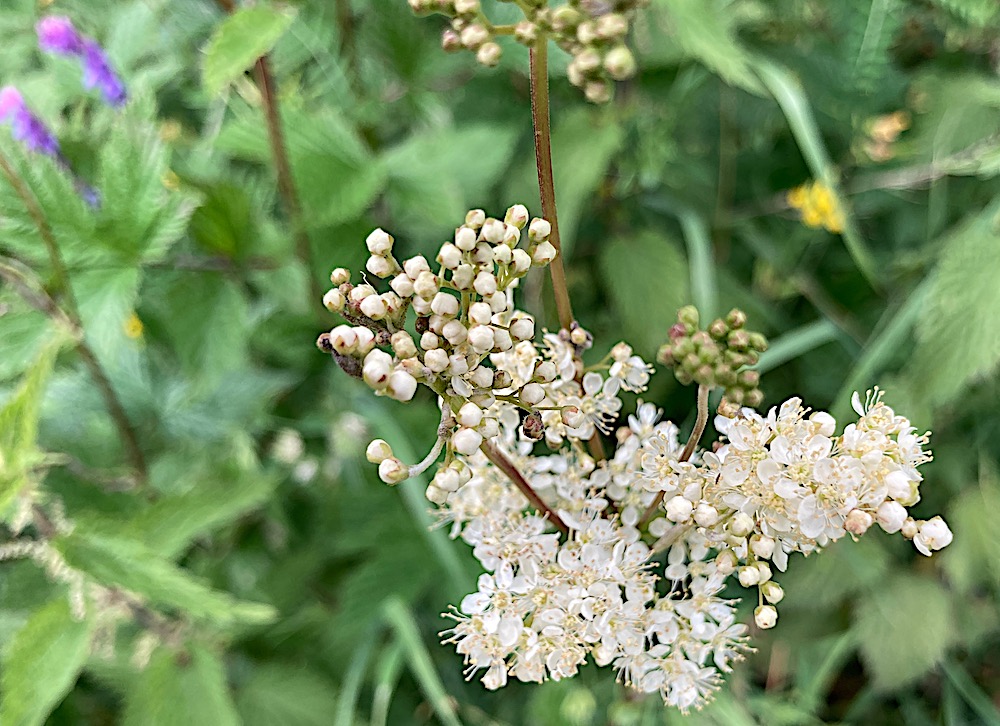

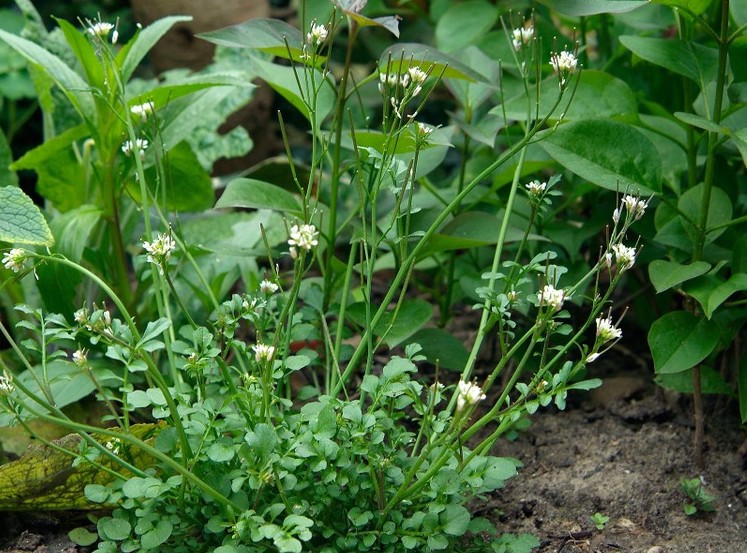
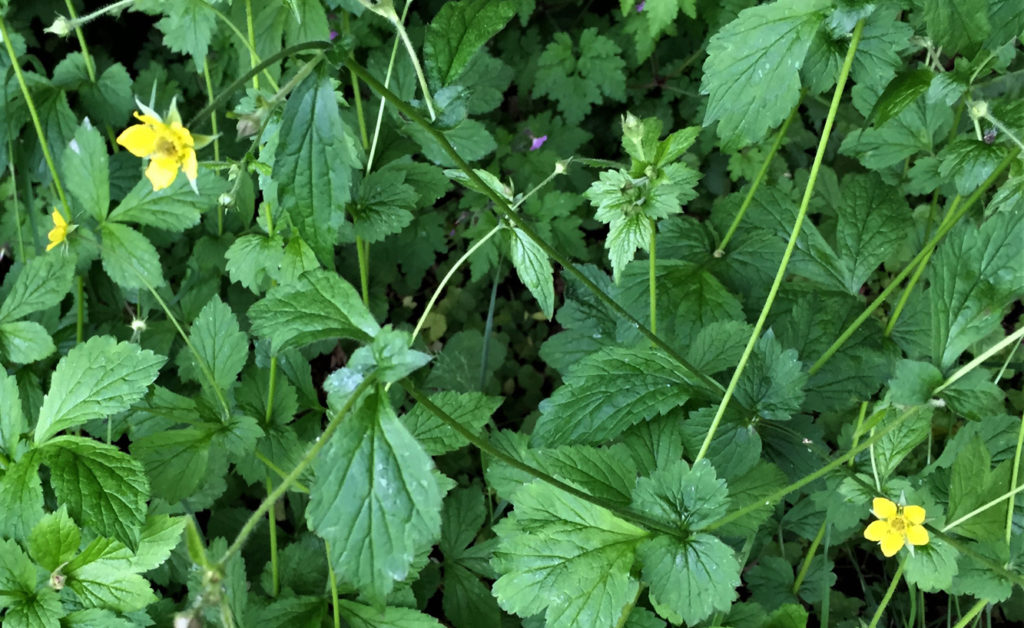
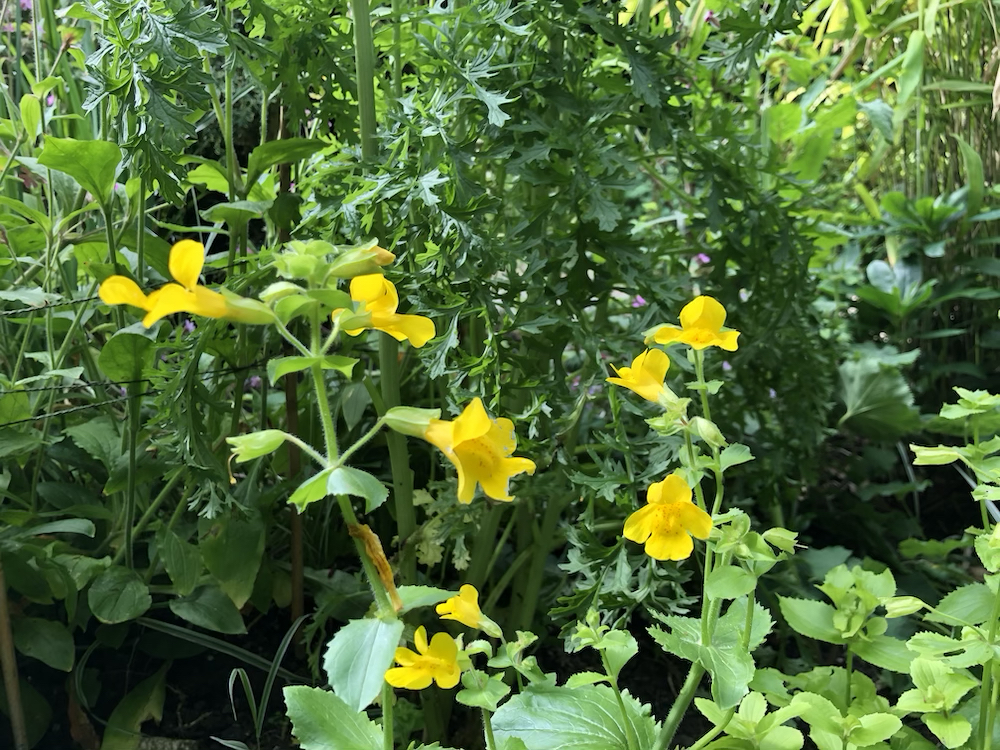
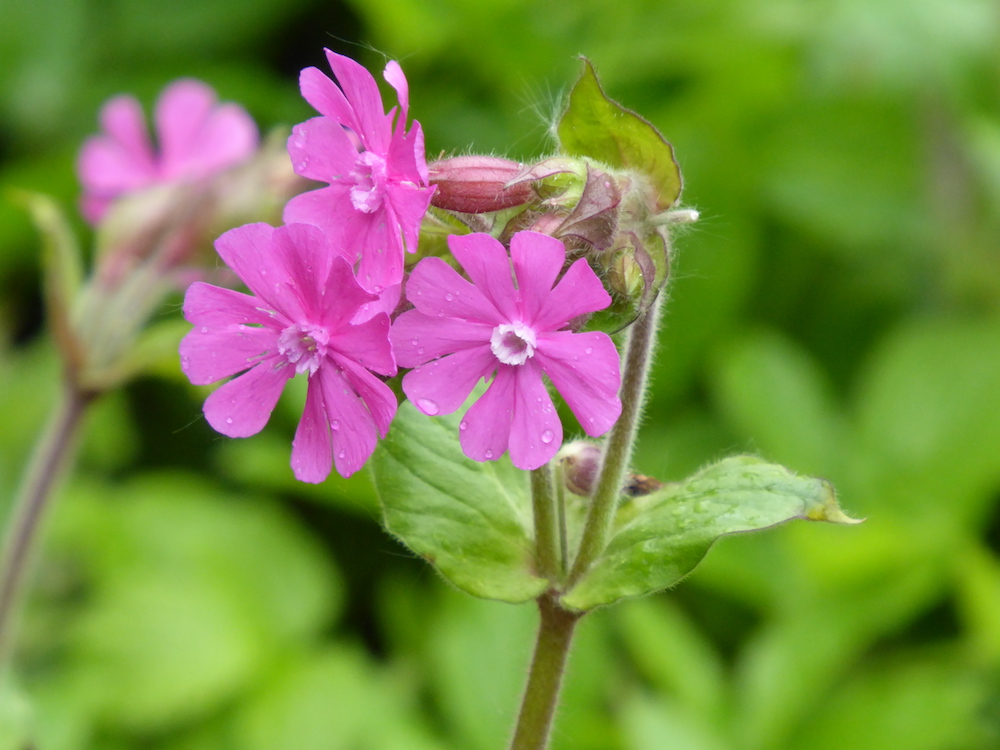


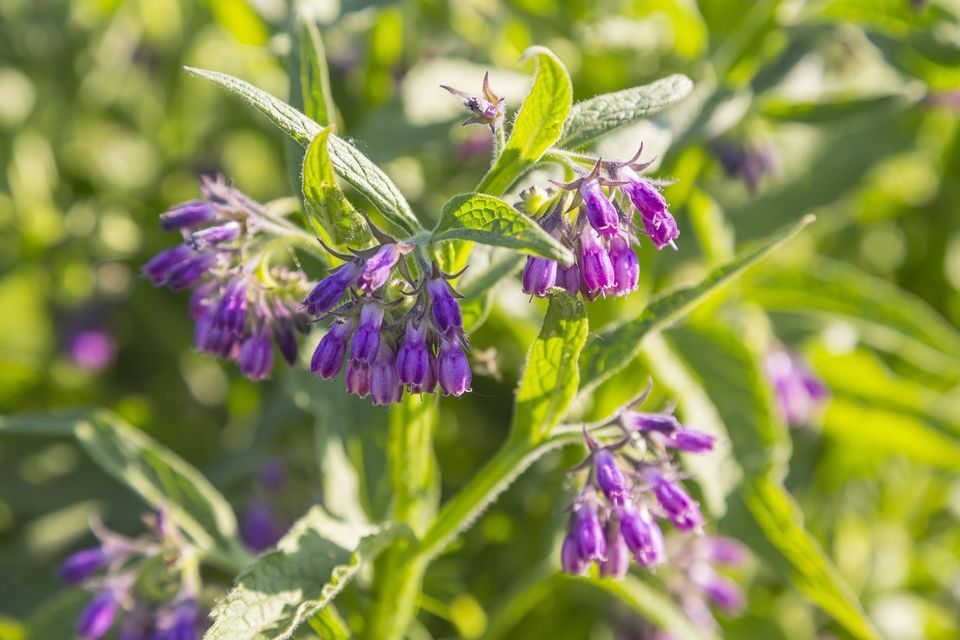
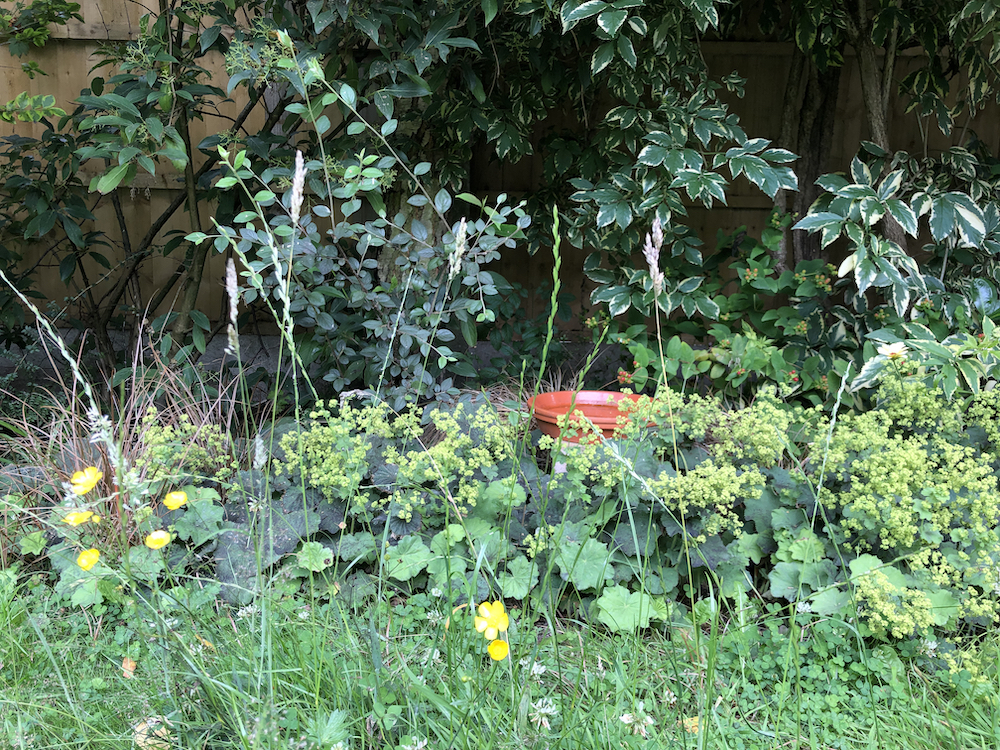

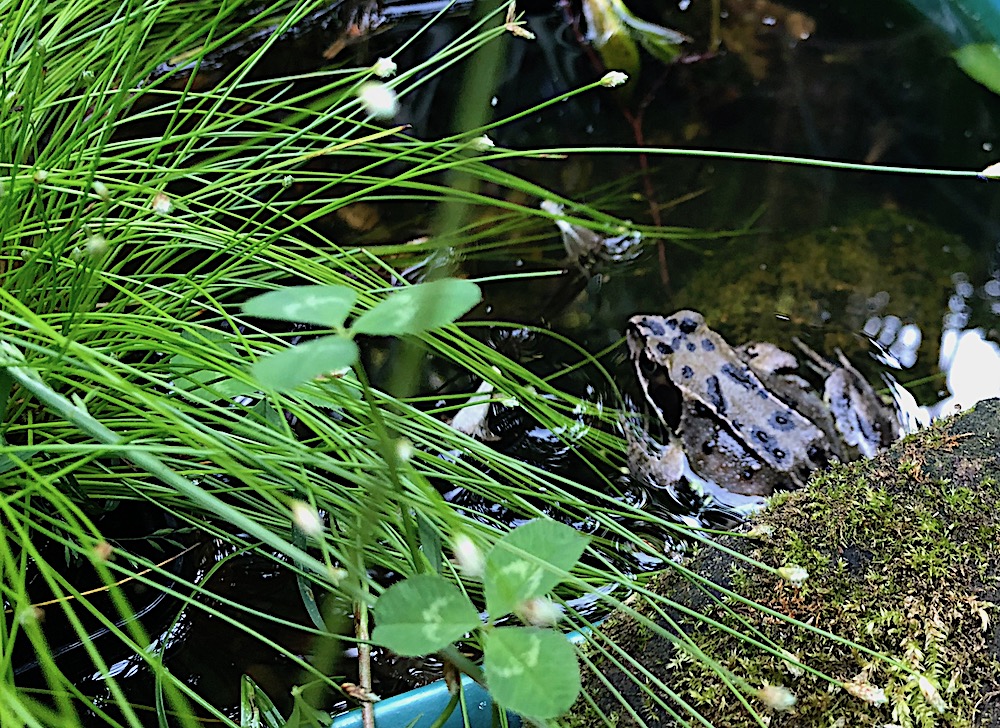

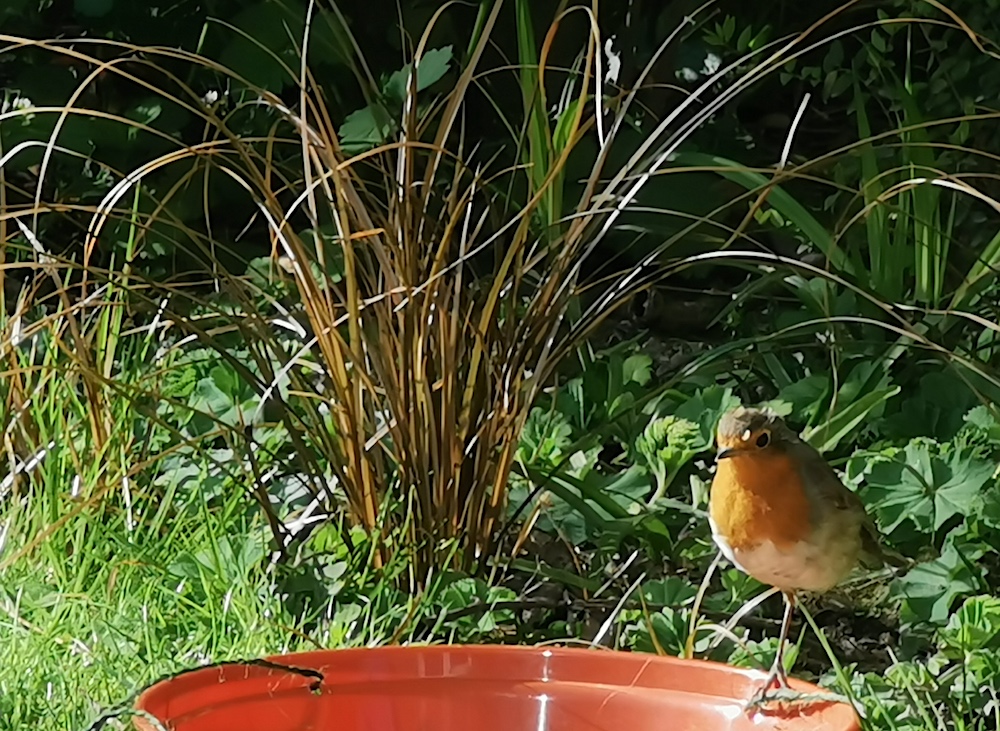
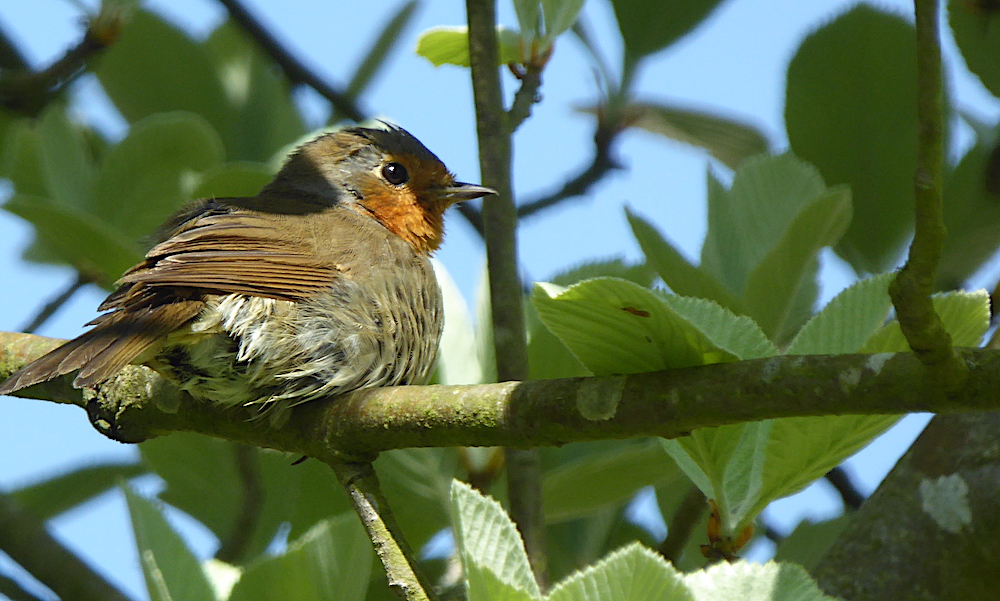
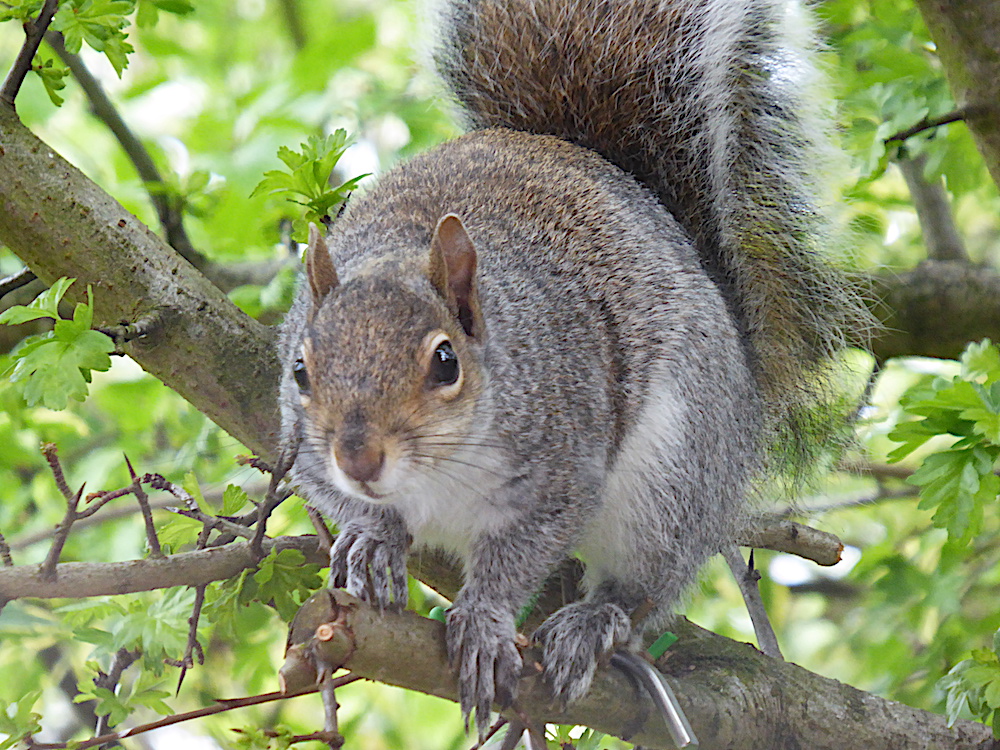
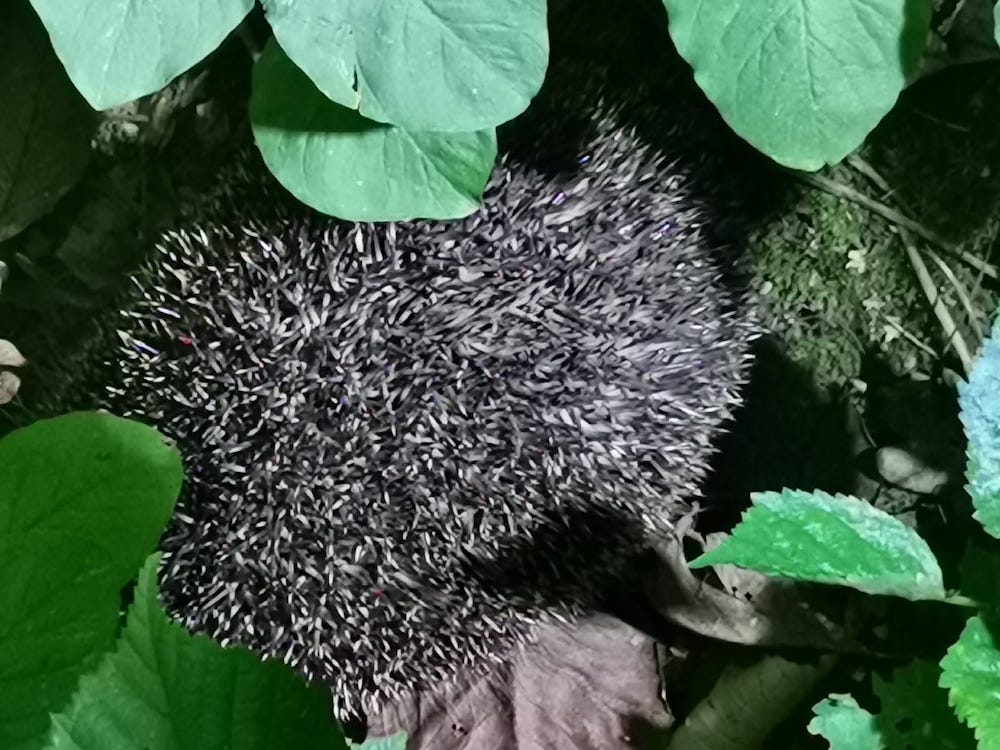

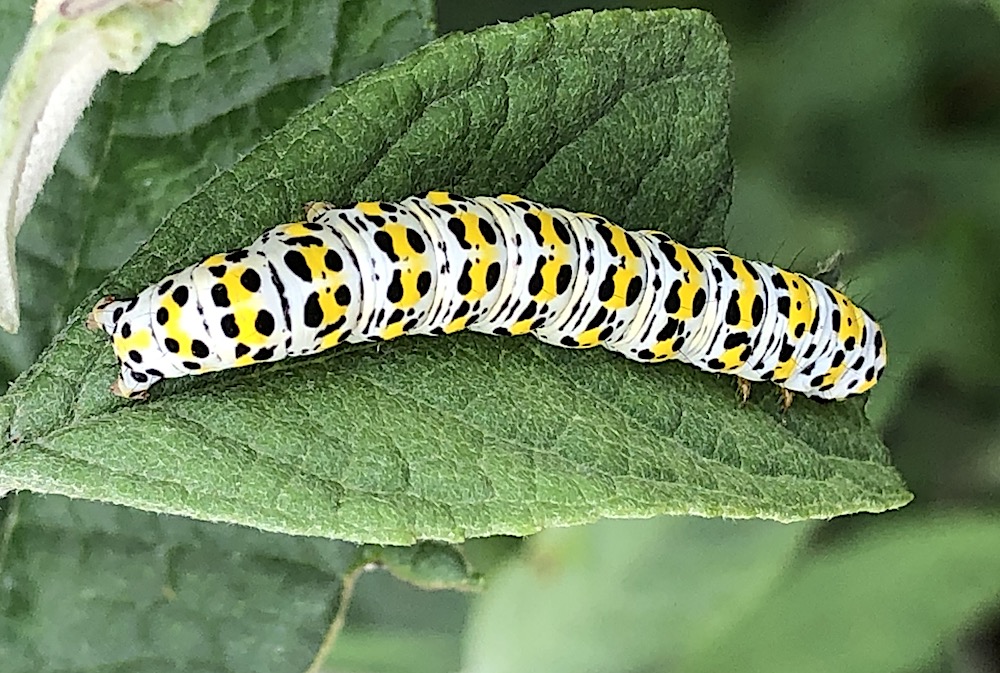
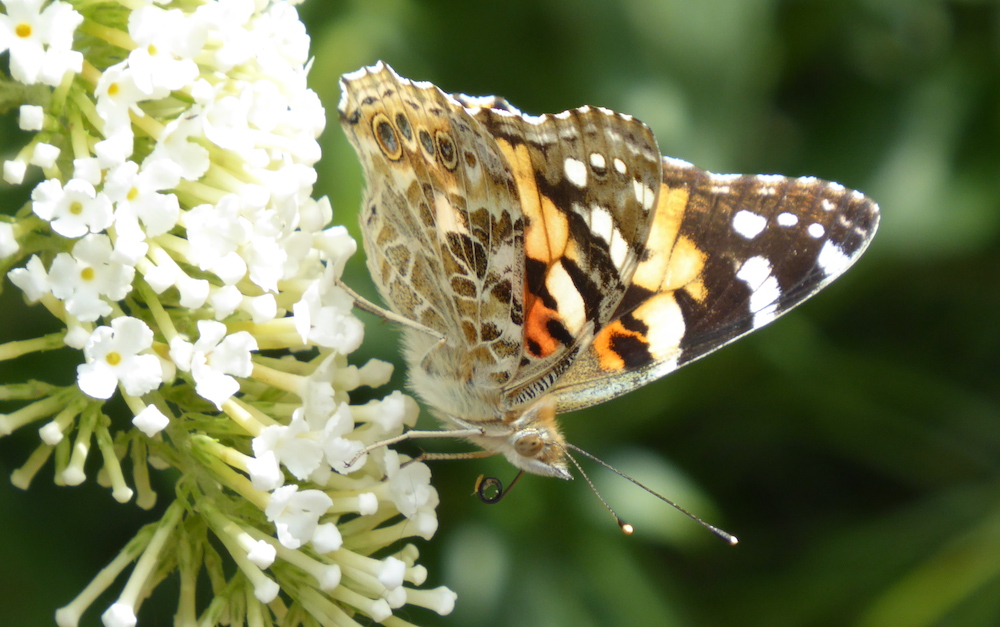



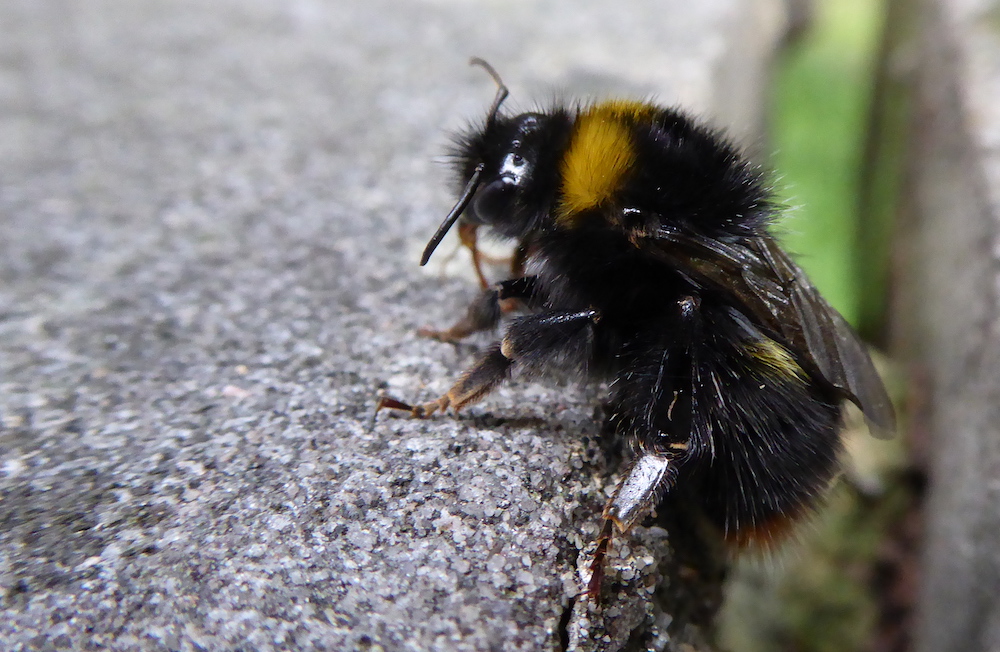
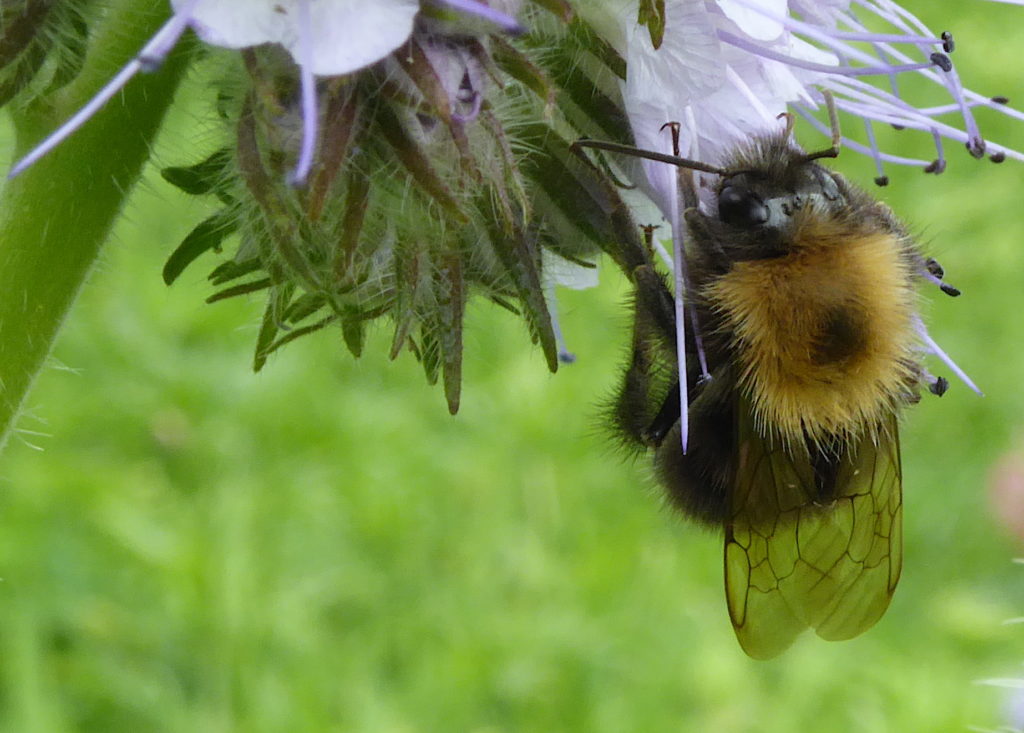
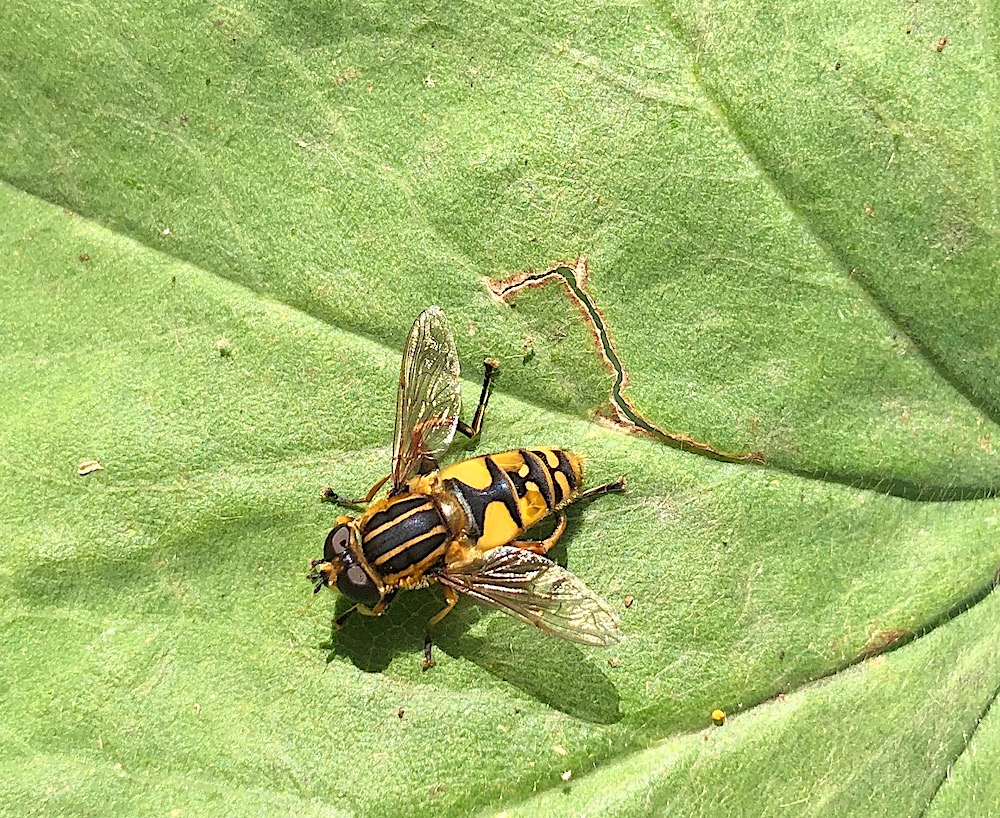
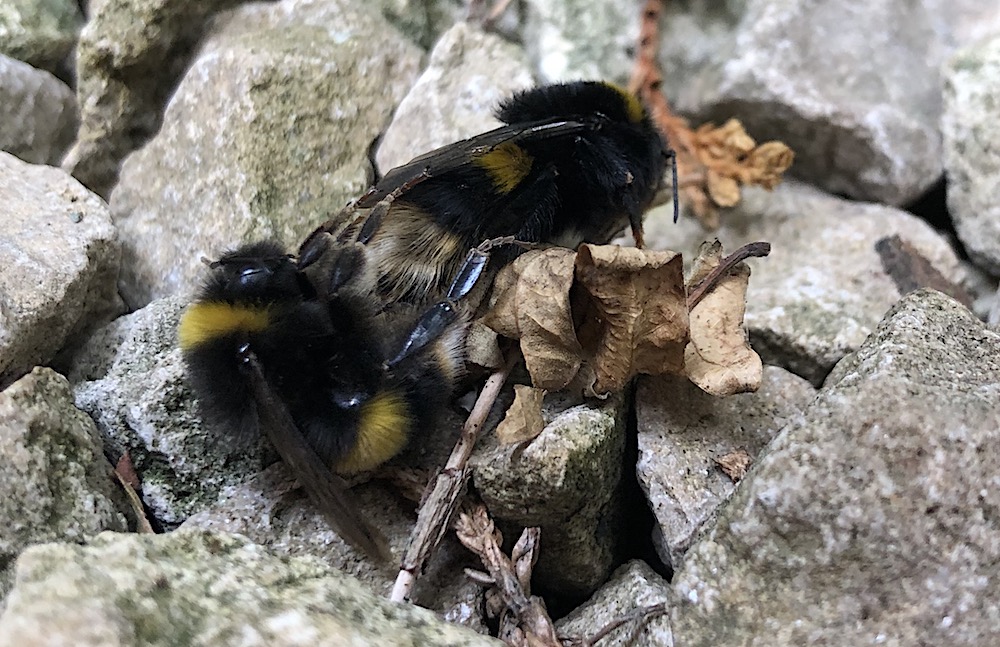
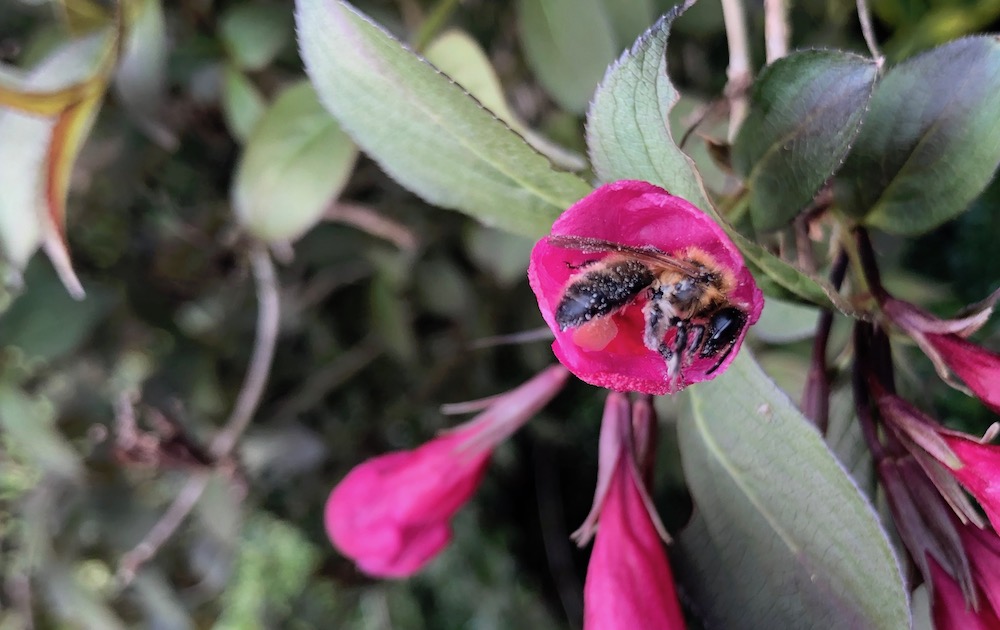

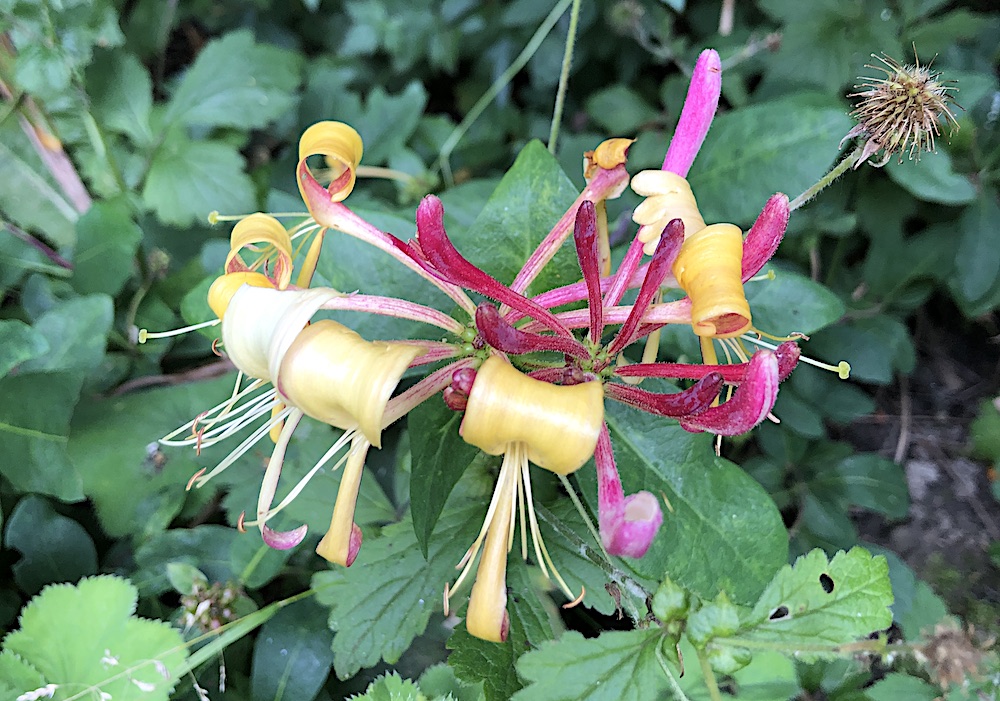
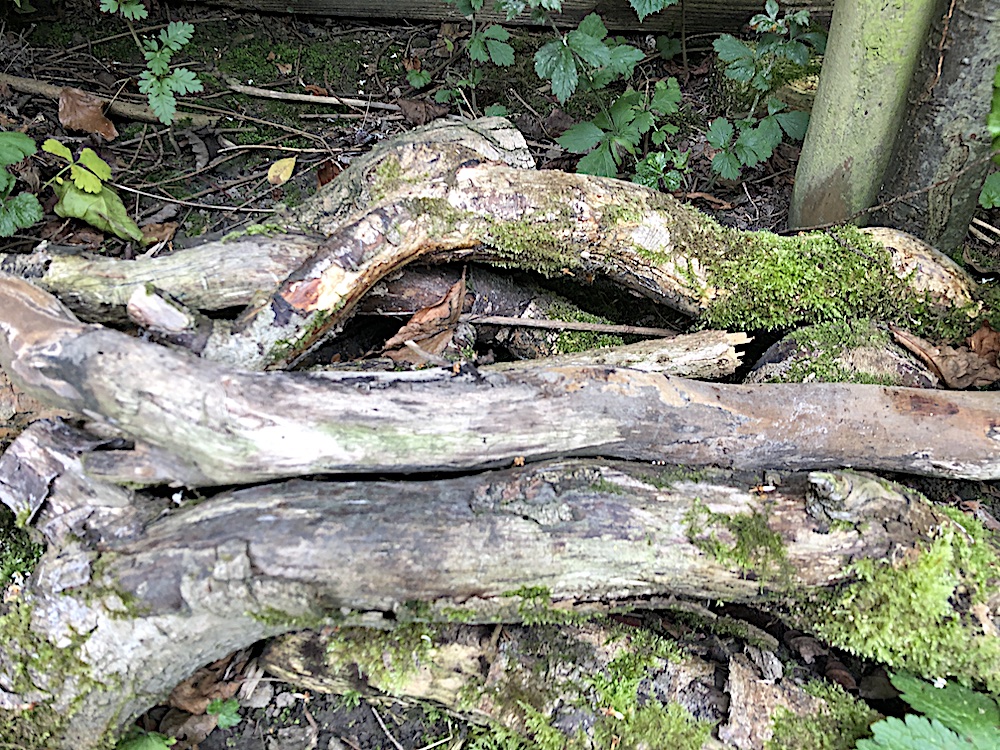

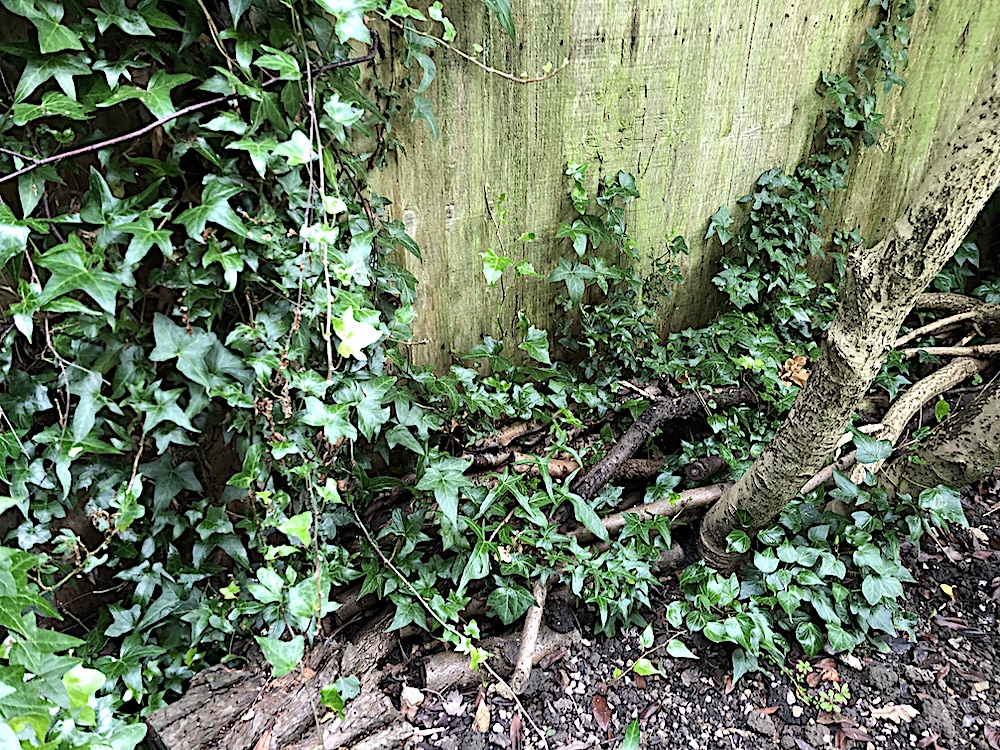
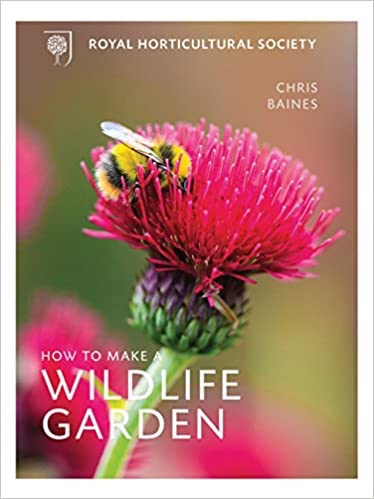
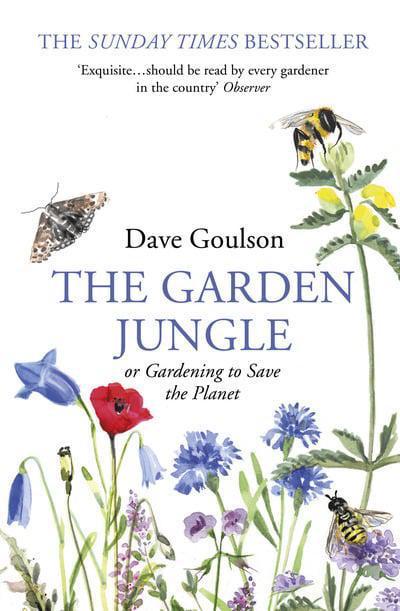


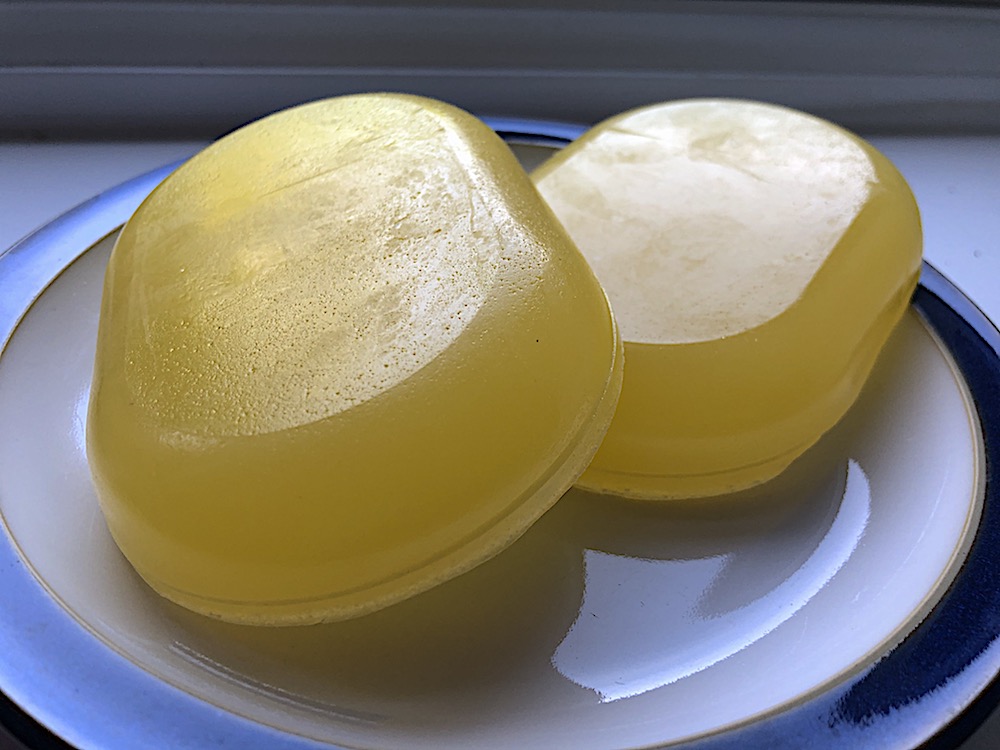


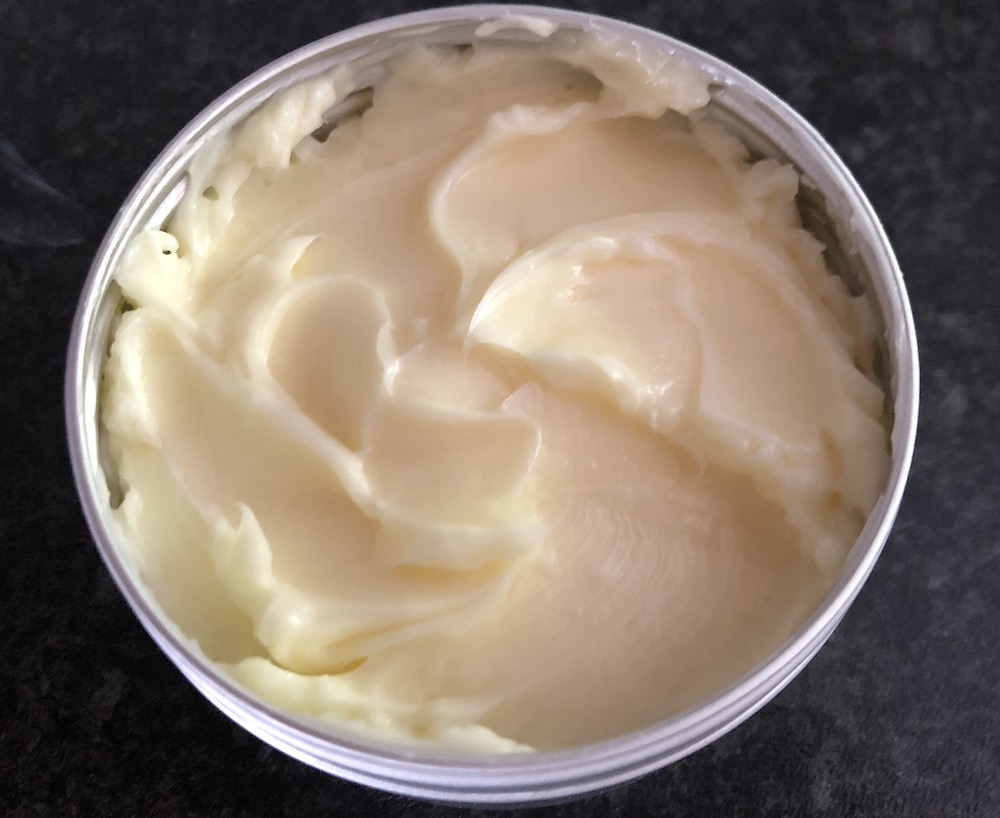



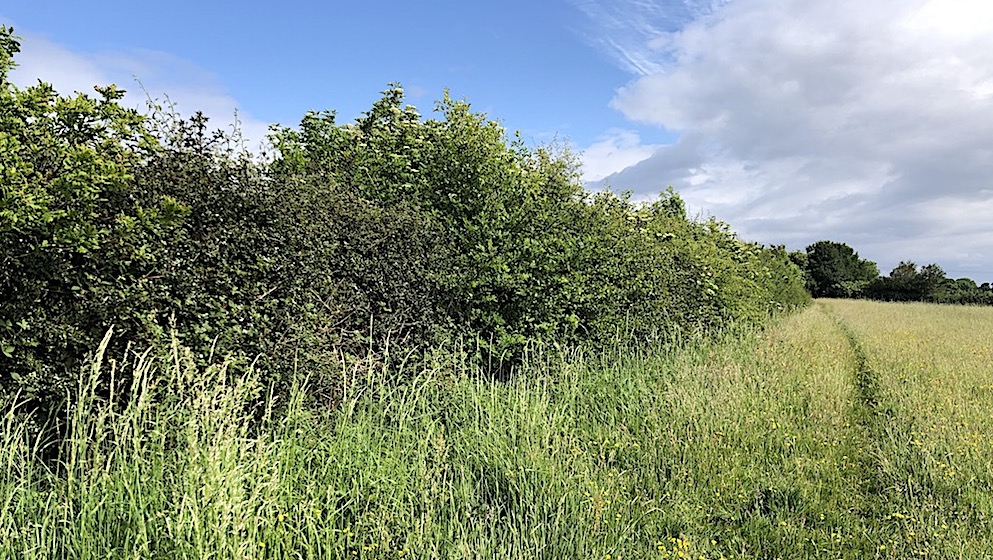



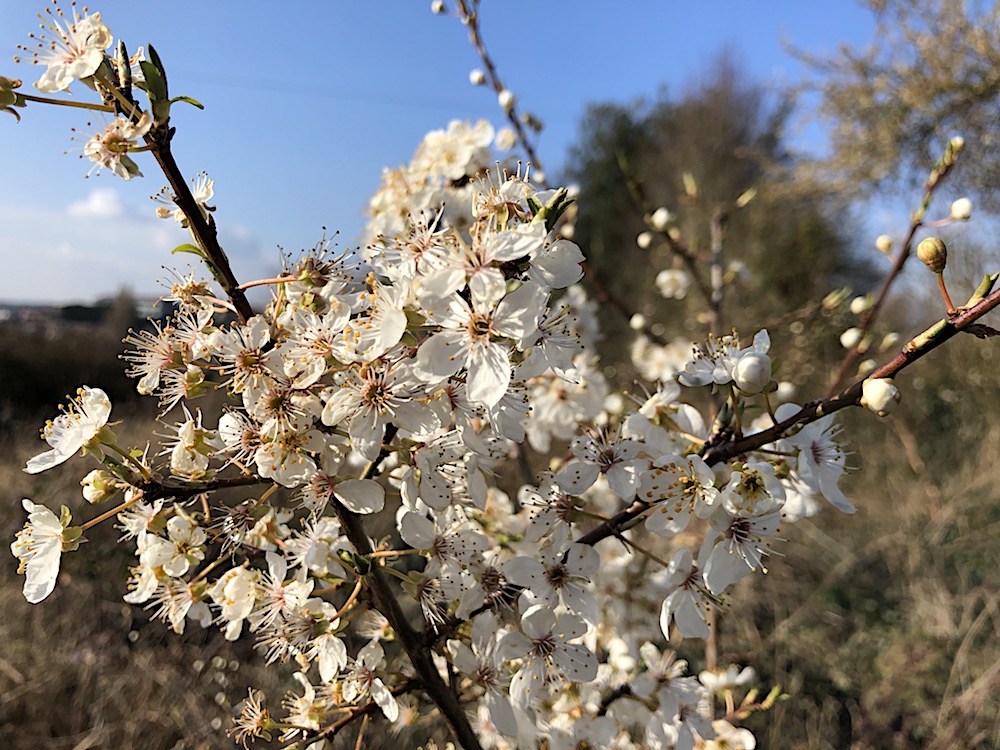
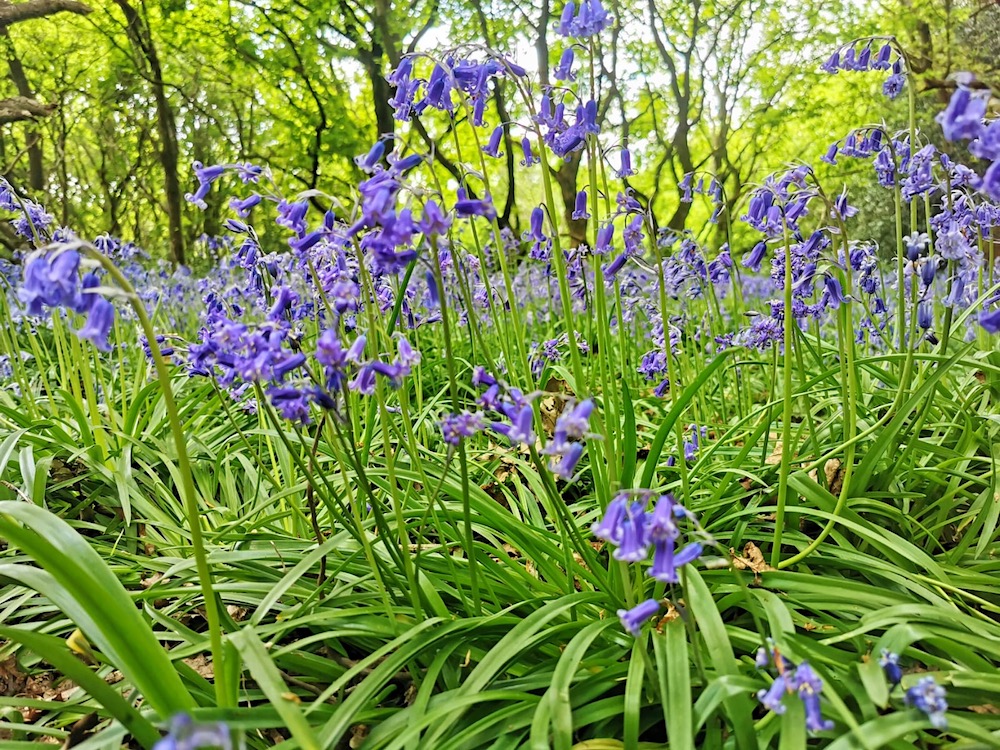



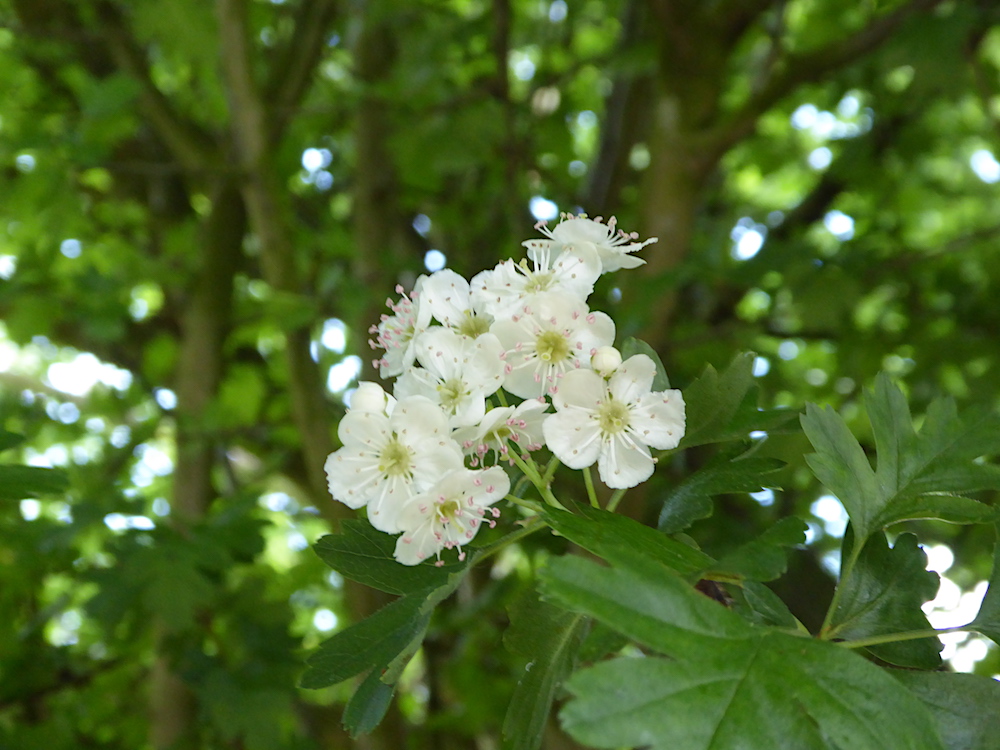
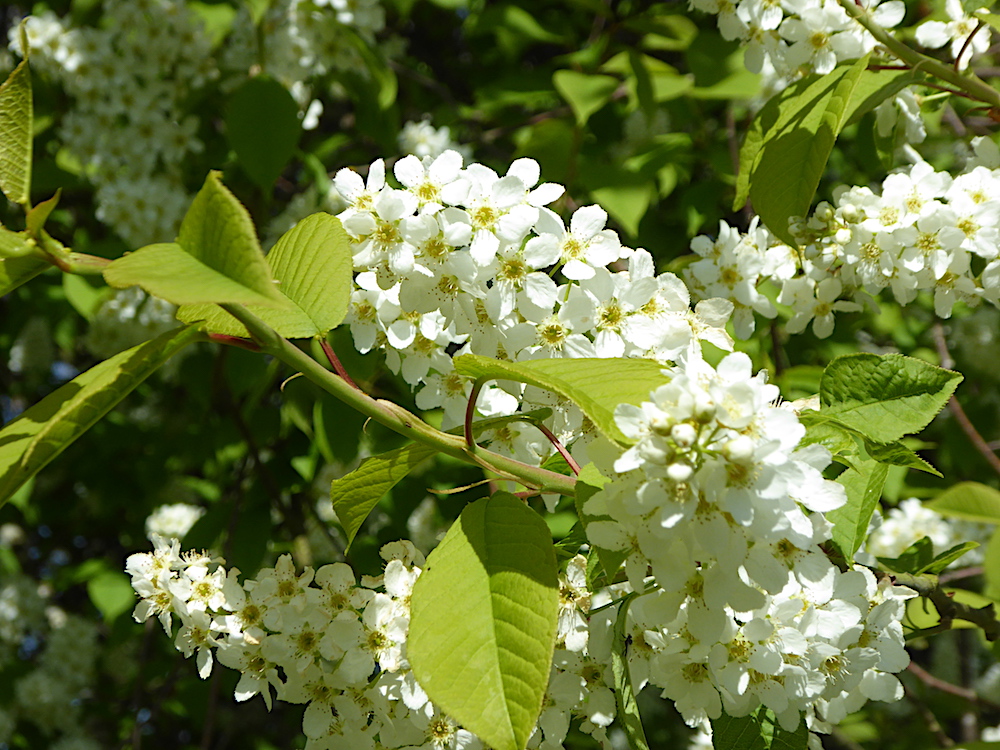
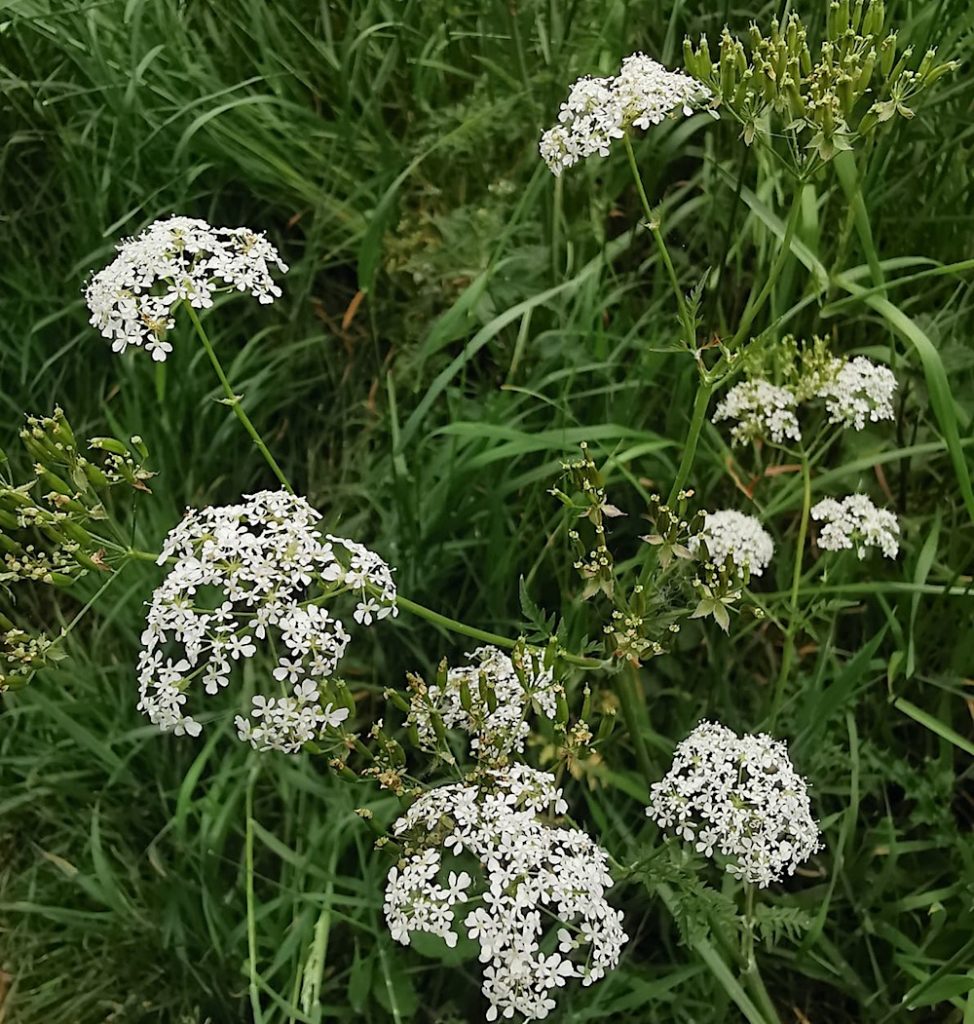
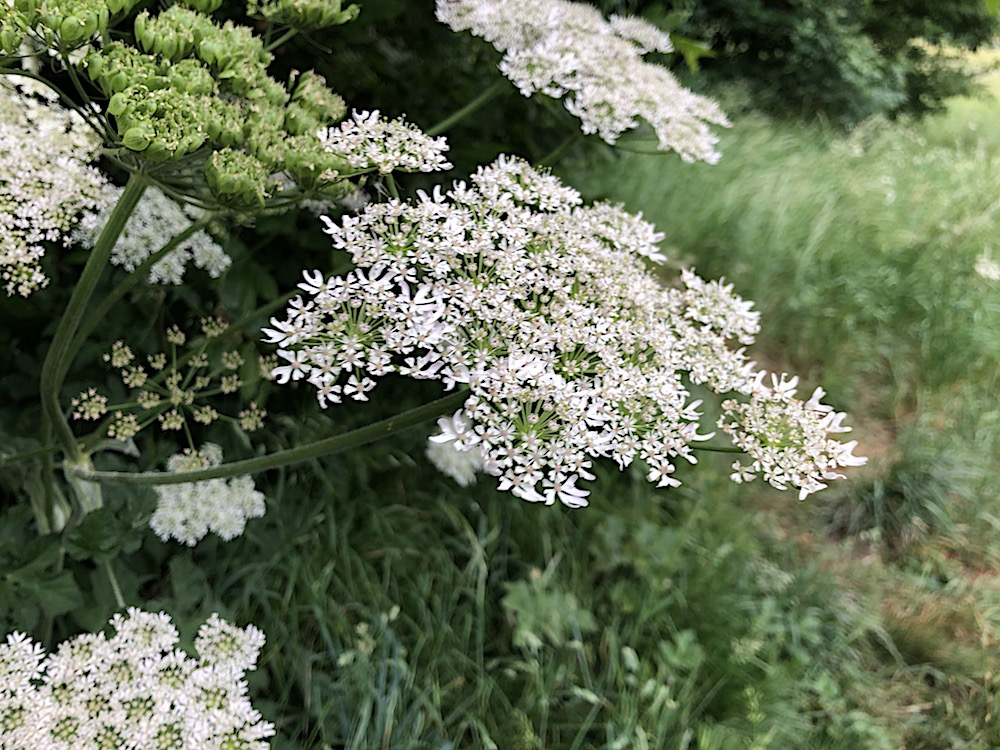



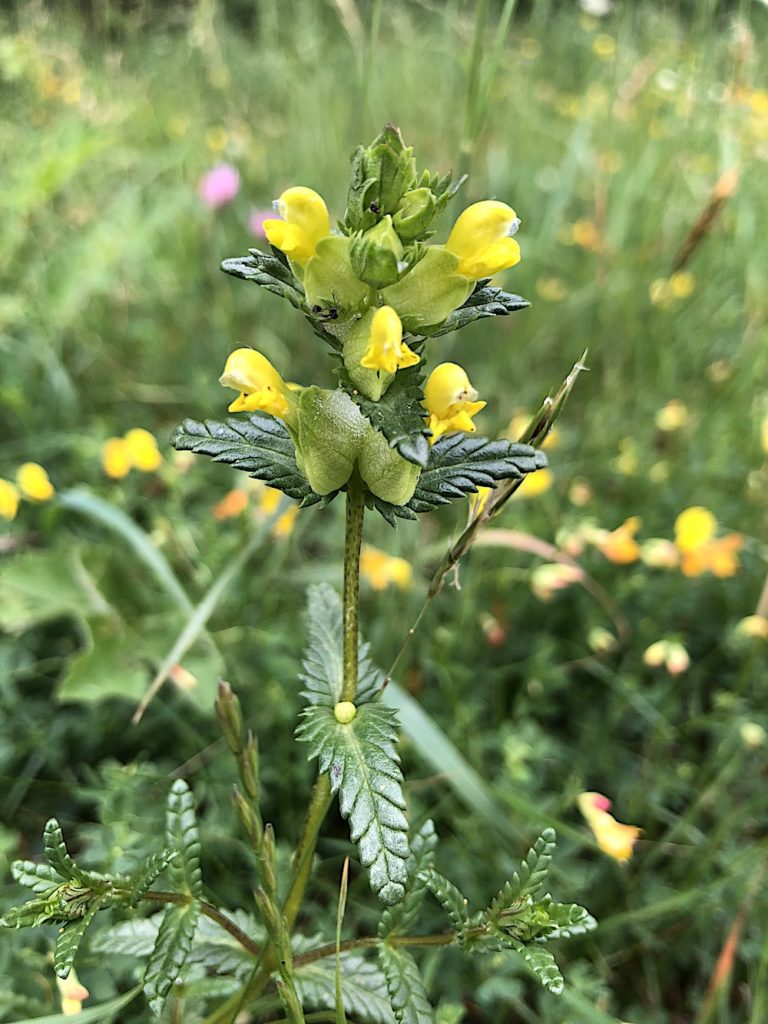
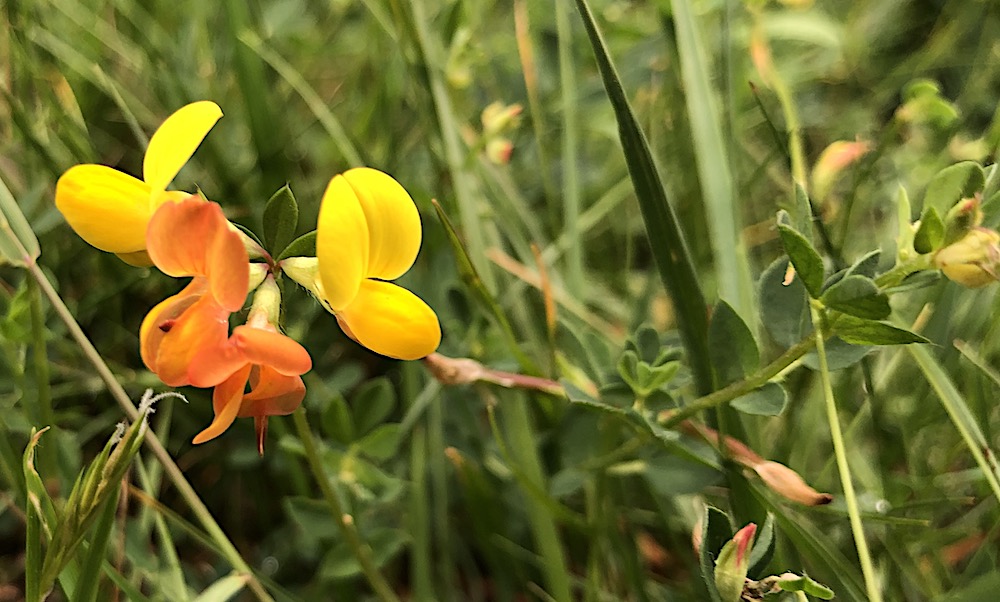
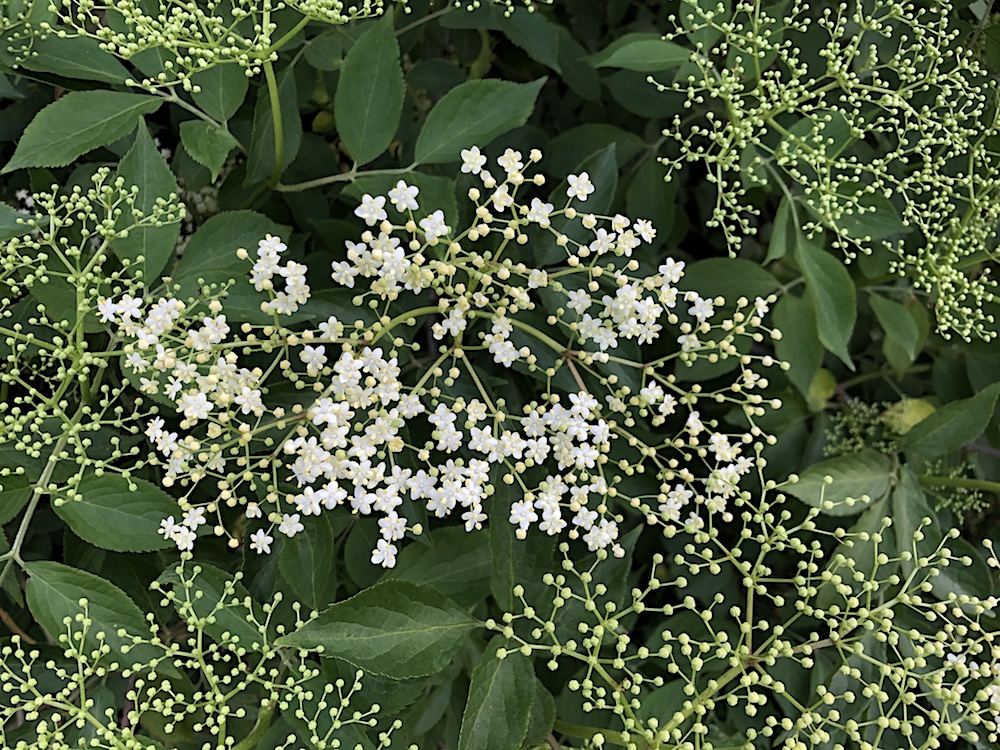


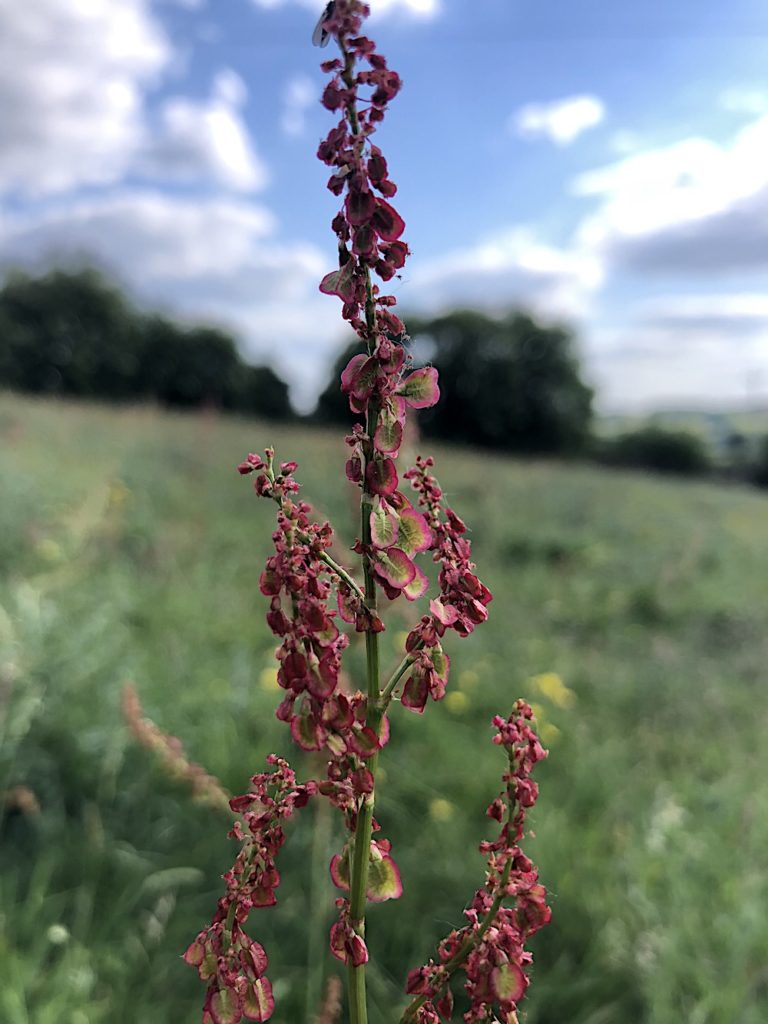
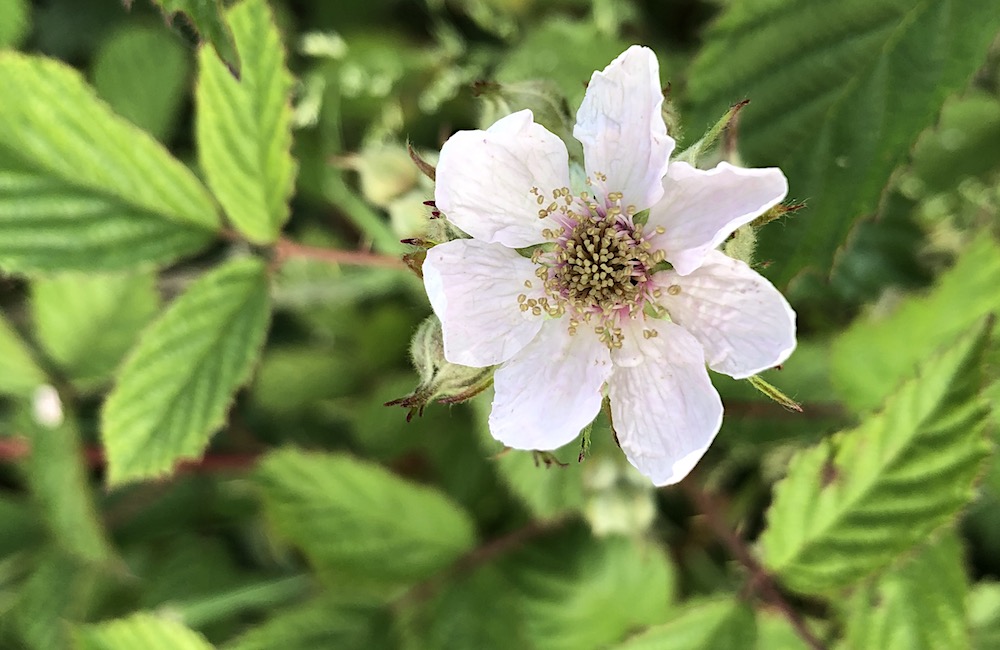

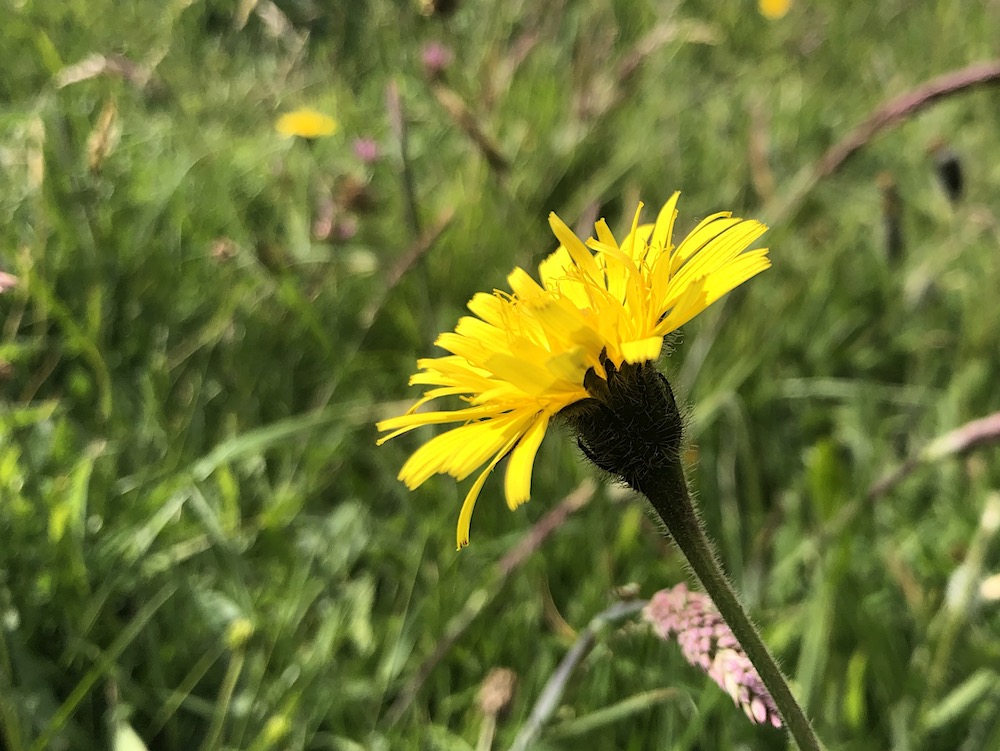
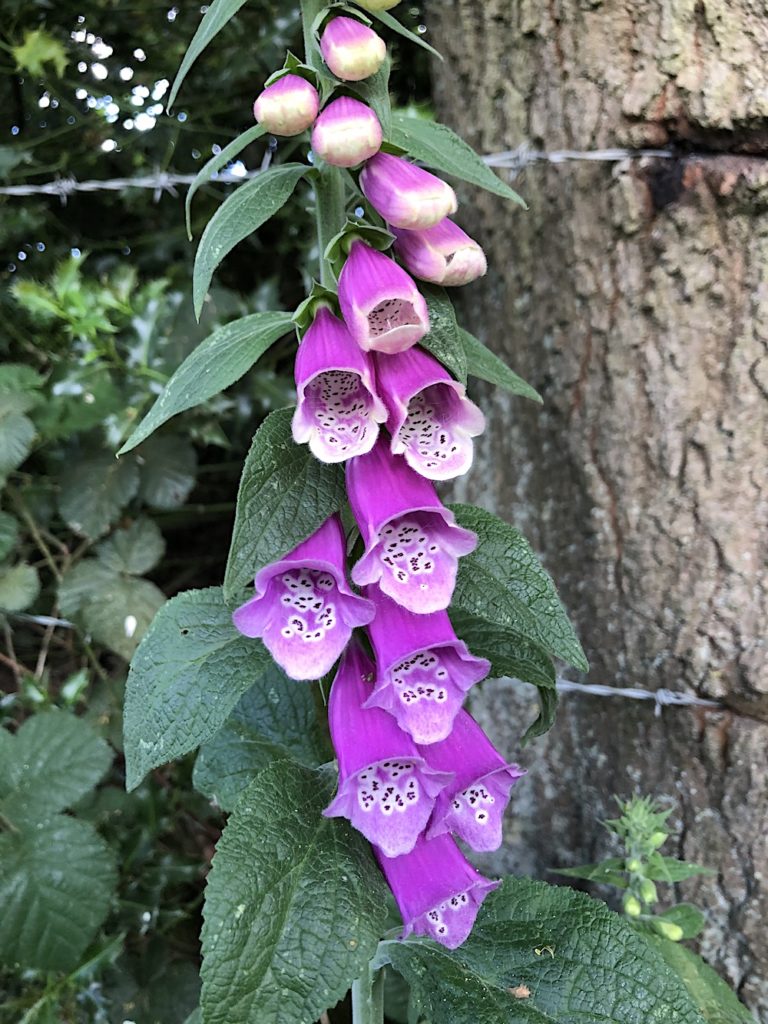


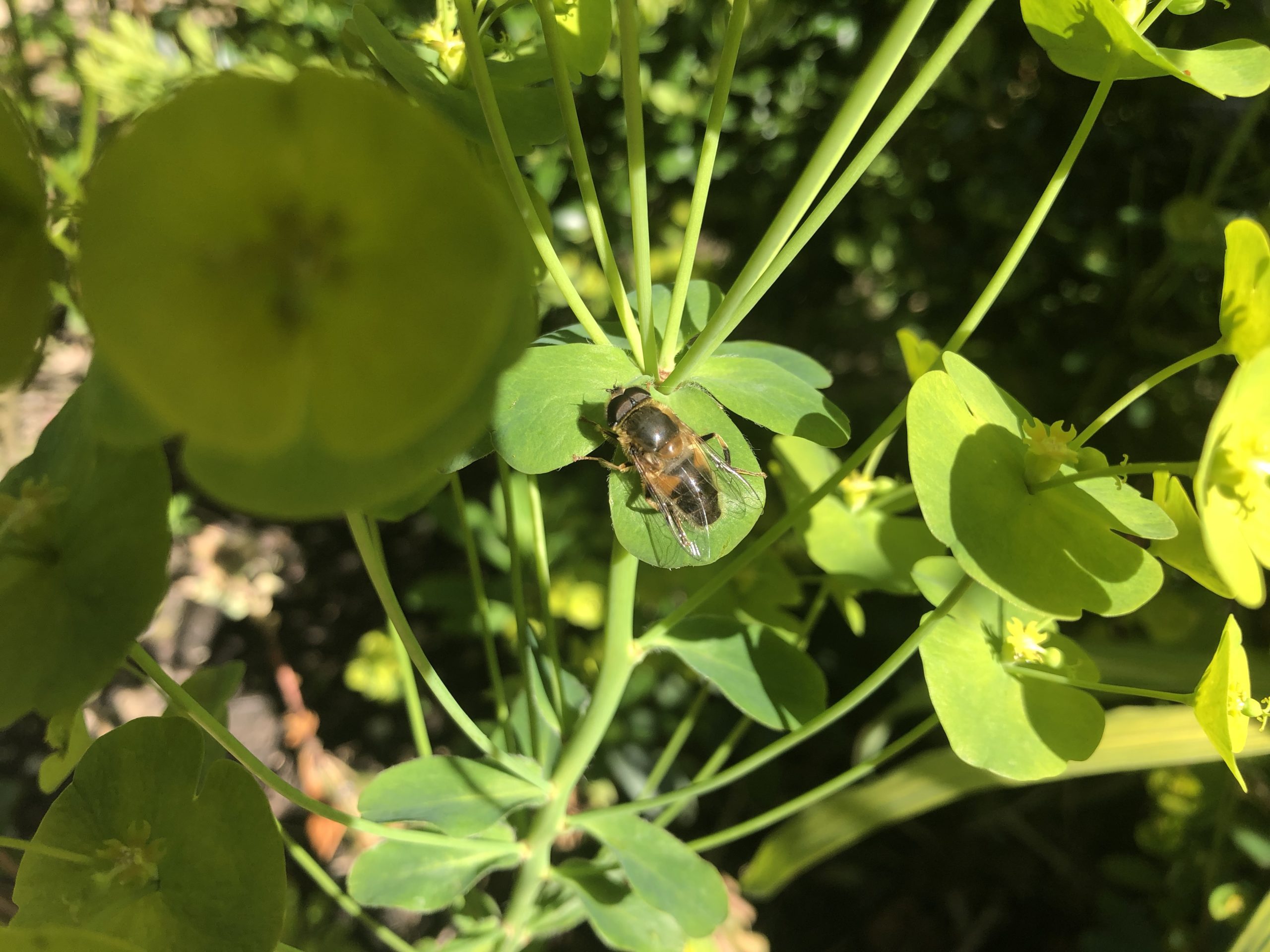


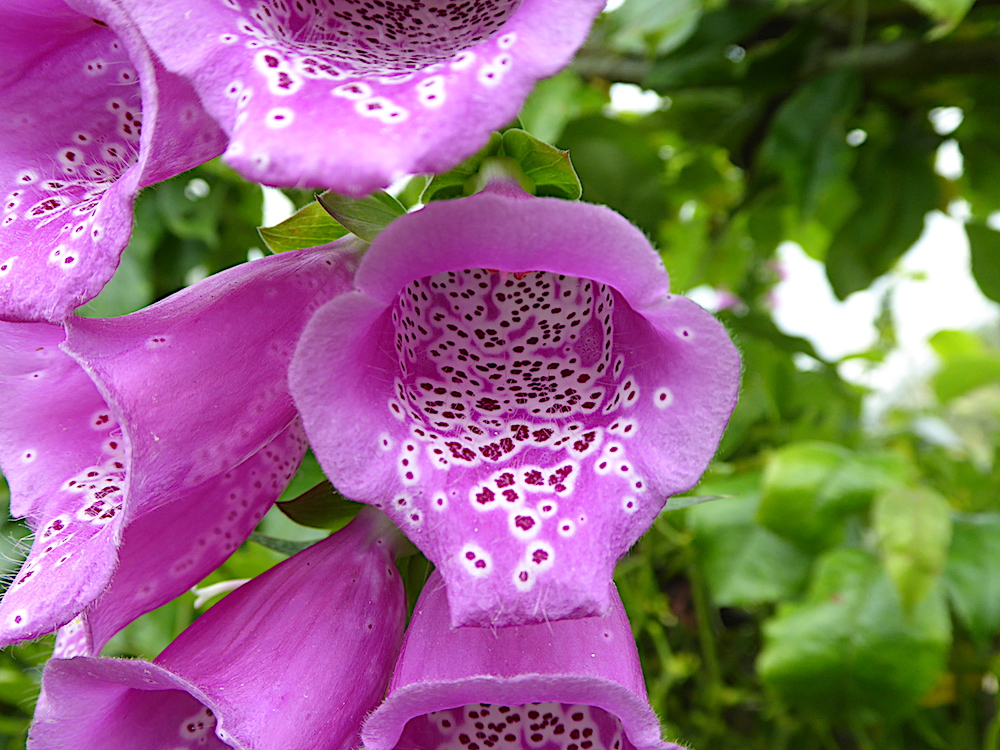
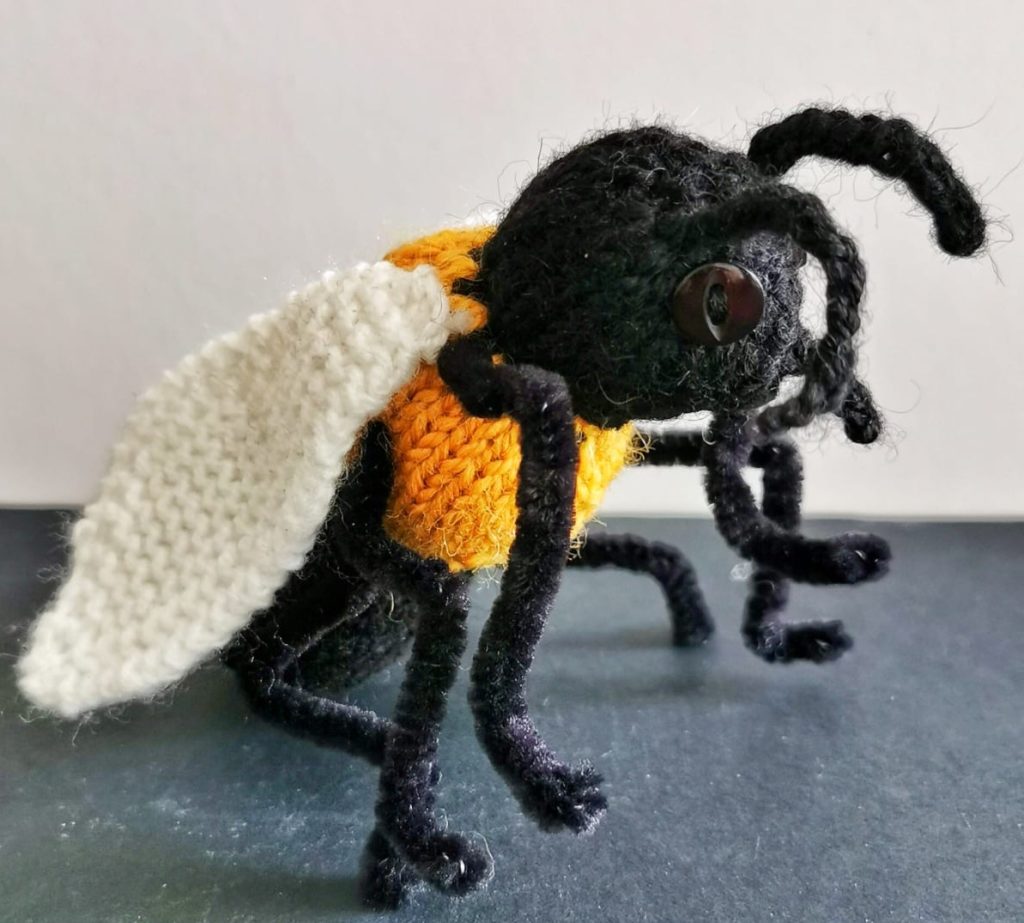





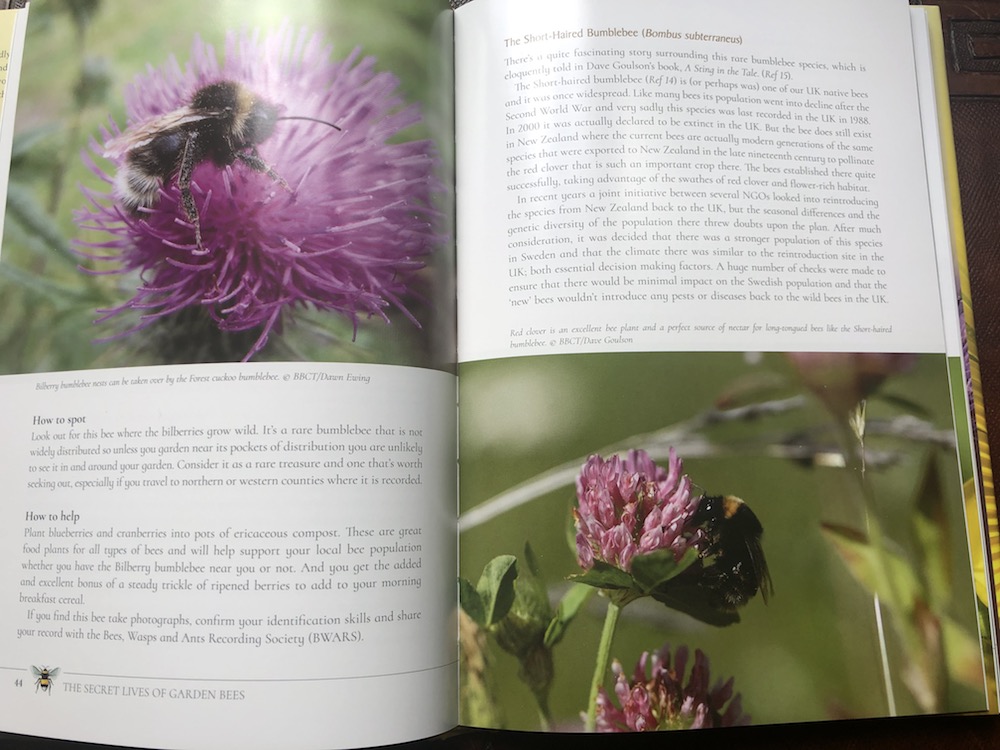
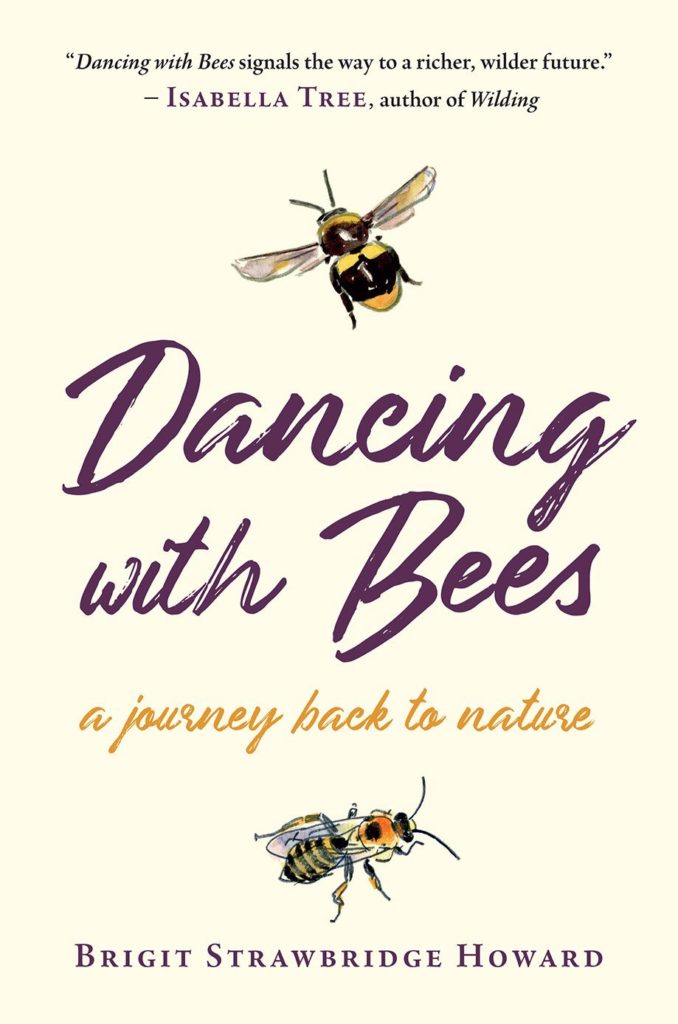
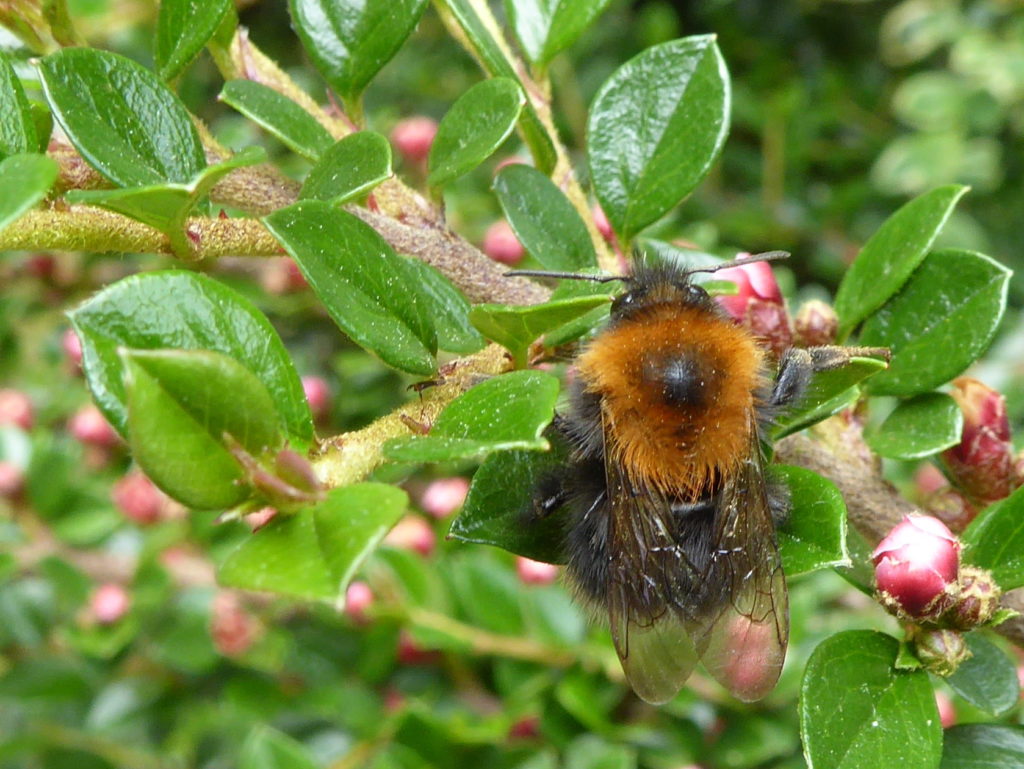


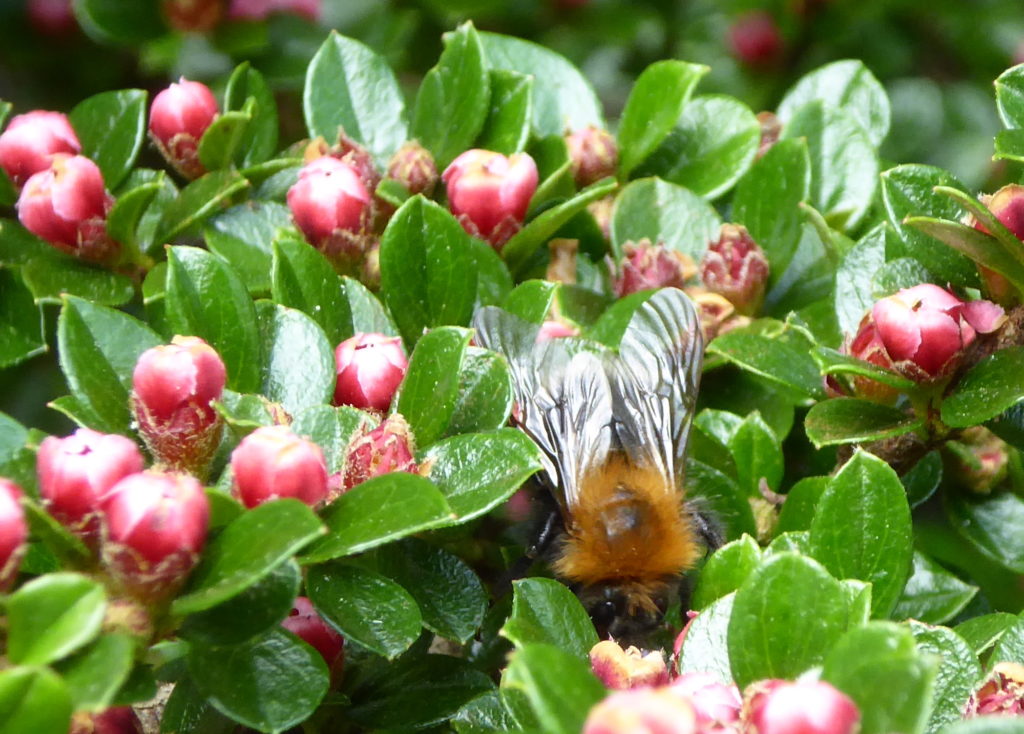

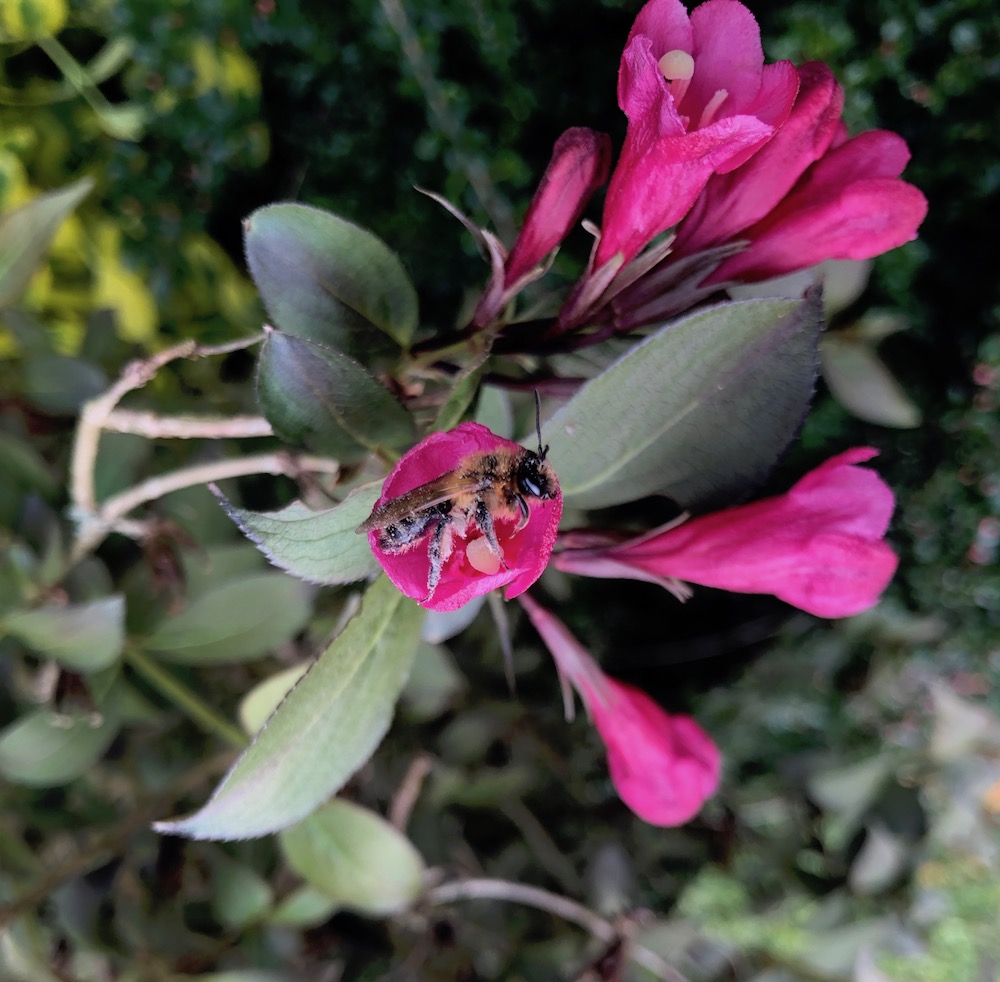


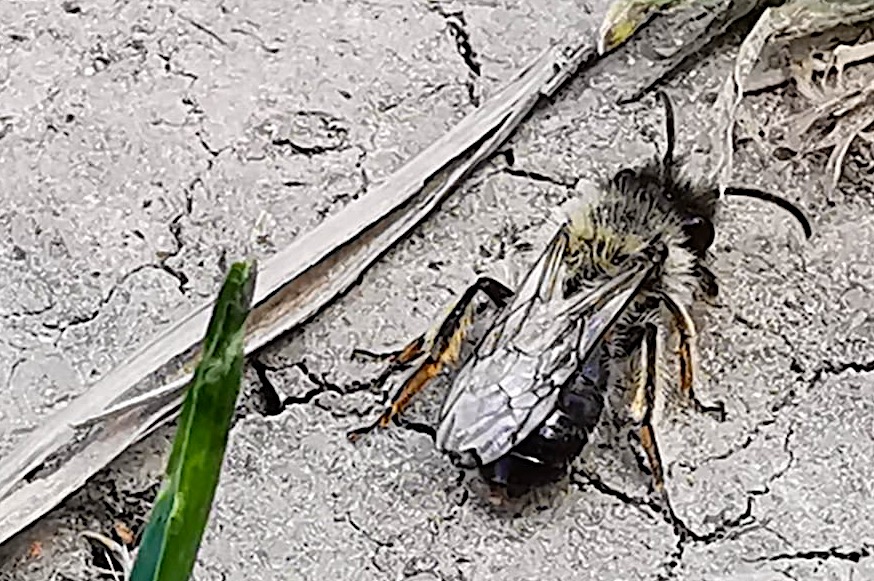


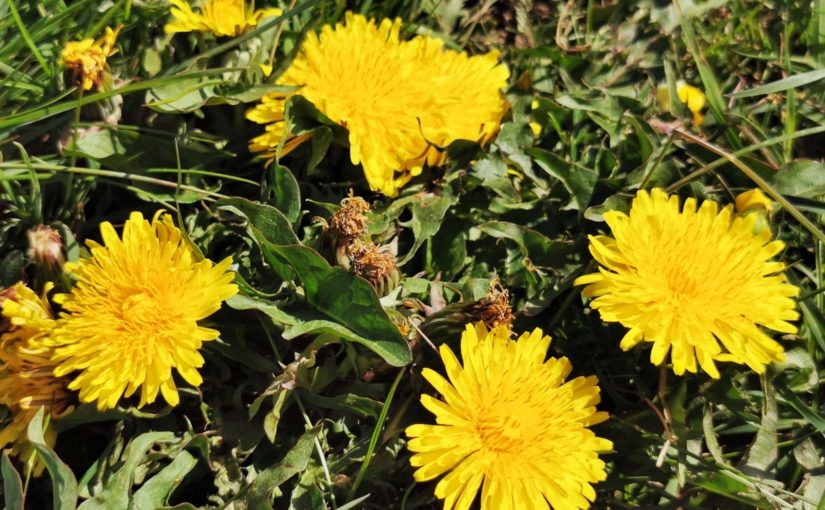
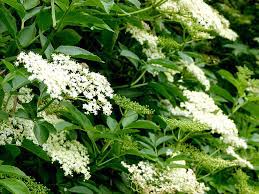
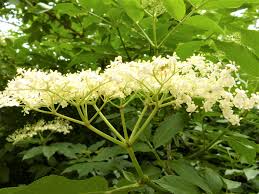



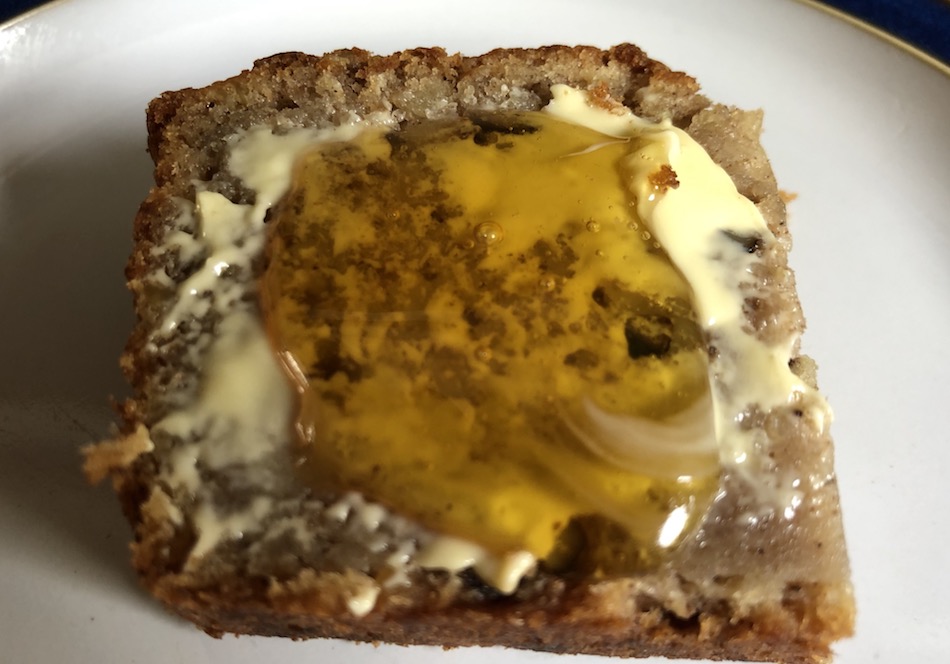

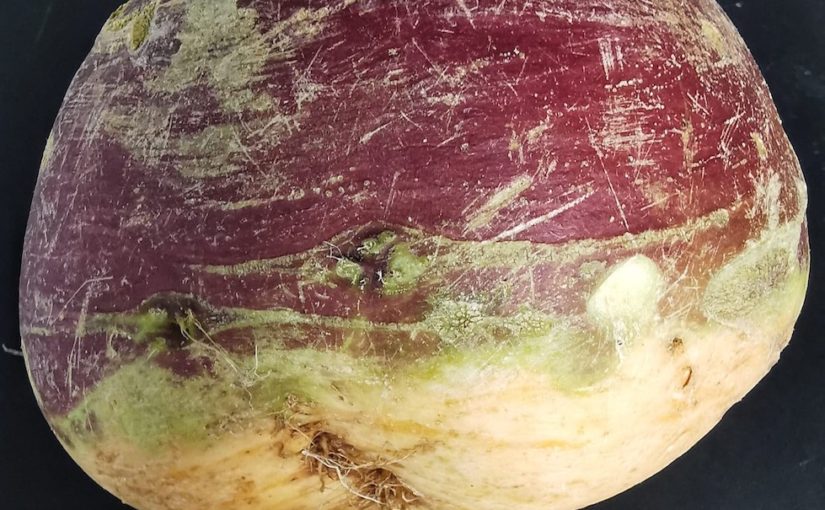
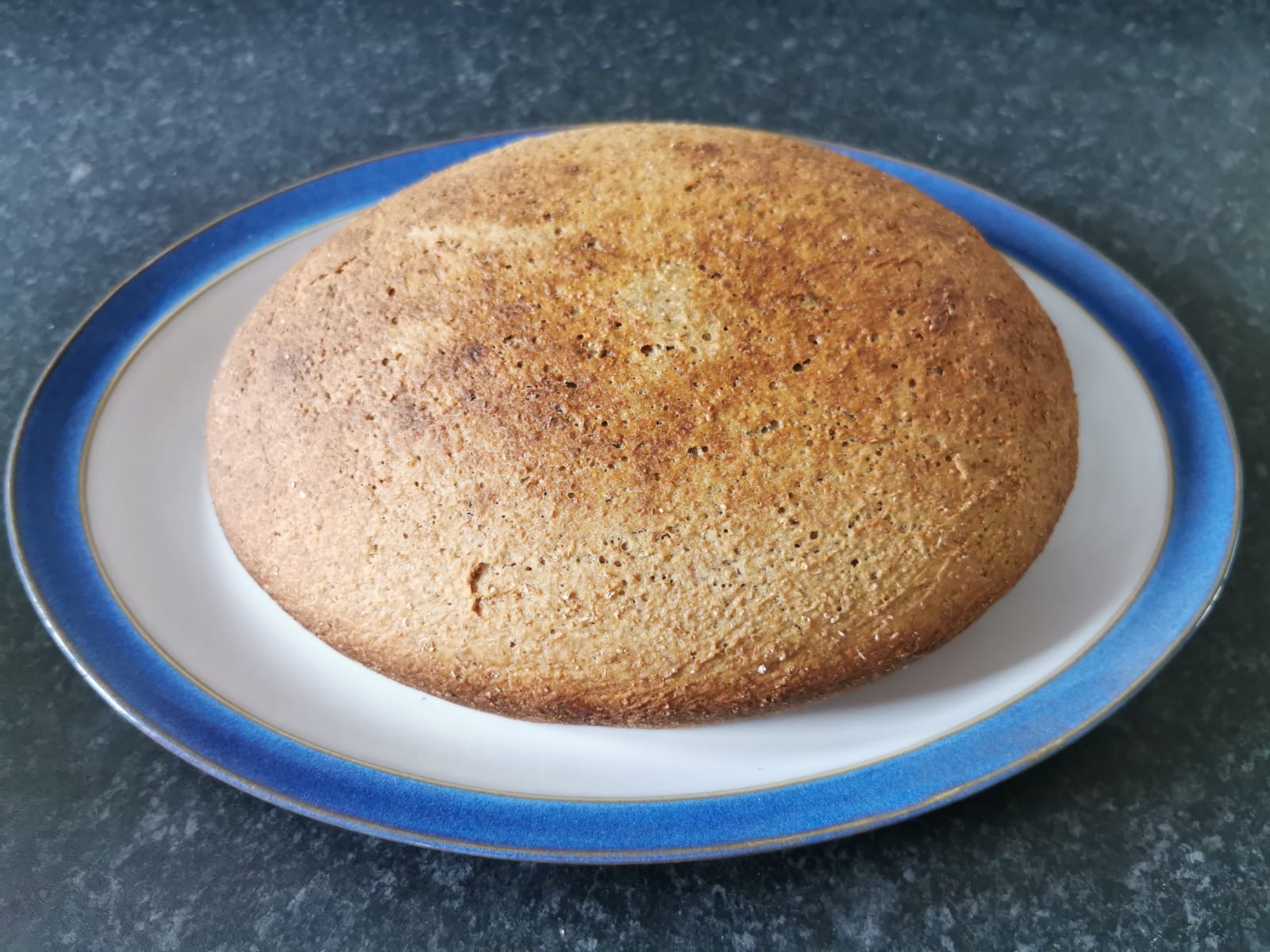



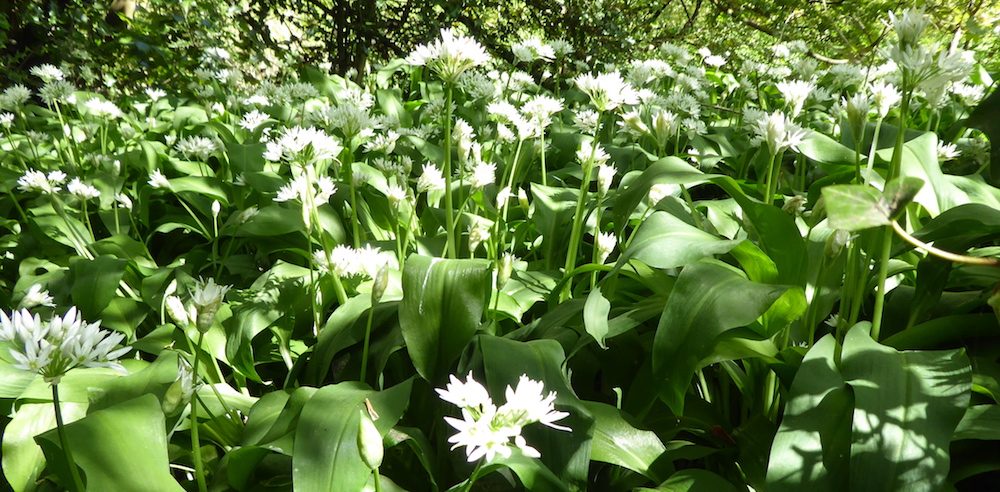
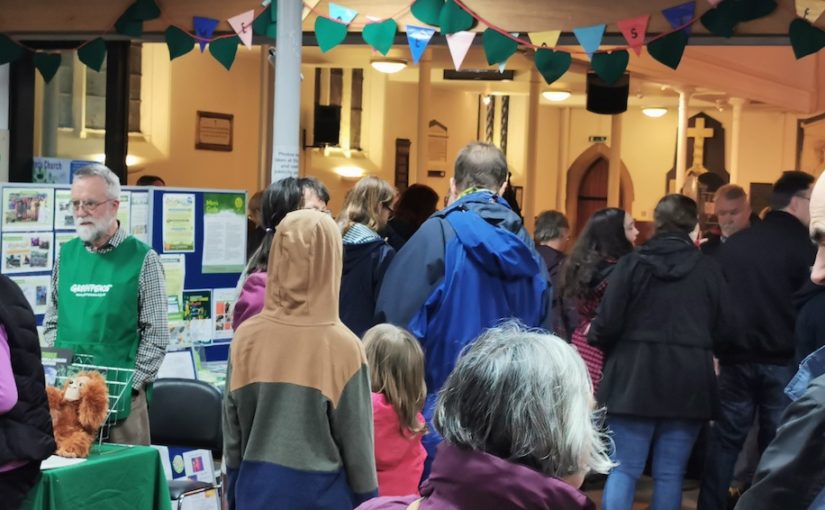
 We are not all going to agree on all the issues but it is important to have conversations and then decide what we feel is our personal next step forward. Maybe the biggest thing we can do is consume less and consequently waste less, working towards saving both money and our planet.
We are not all going to agree on all the issues but it is important to have conversations and then decide what we feel is our personal next step forward. Maybe the biggest thing we can do is consume less and consequently waste less, working towards saving both money and our planet. George with his
George with his 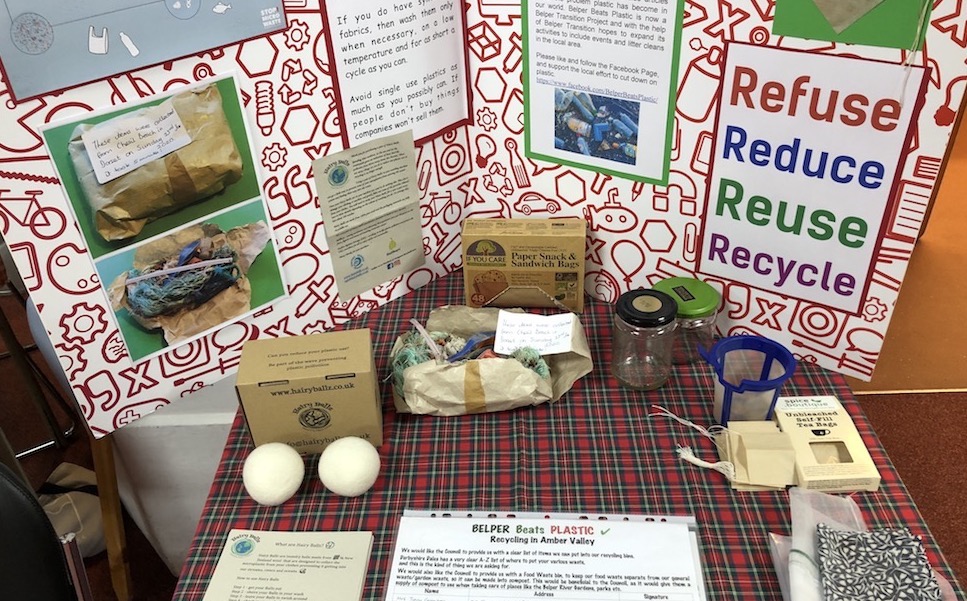

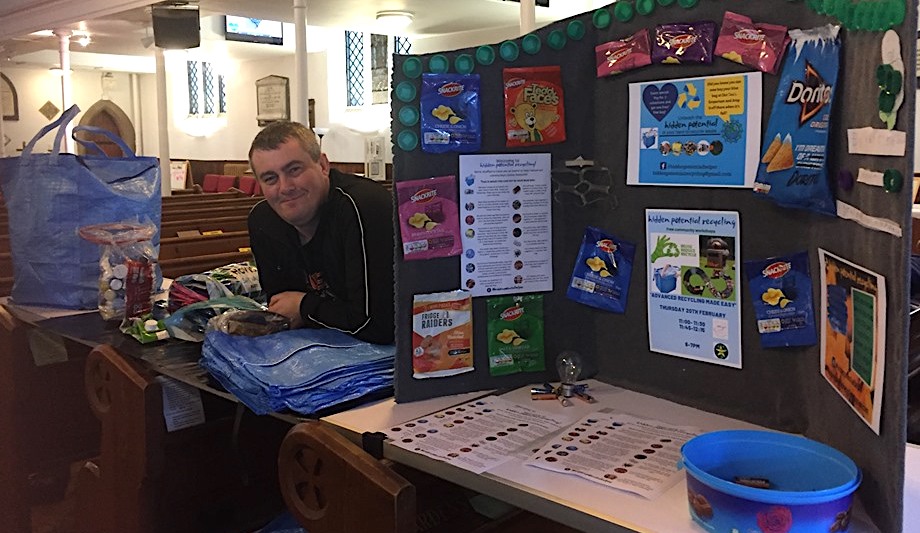
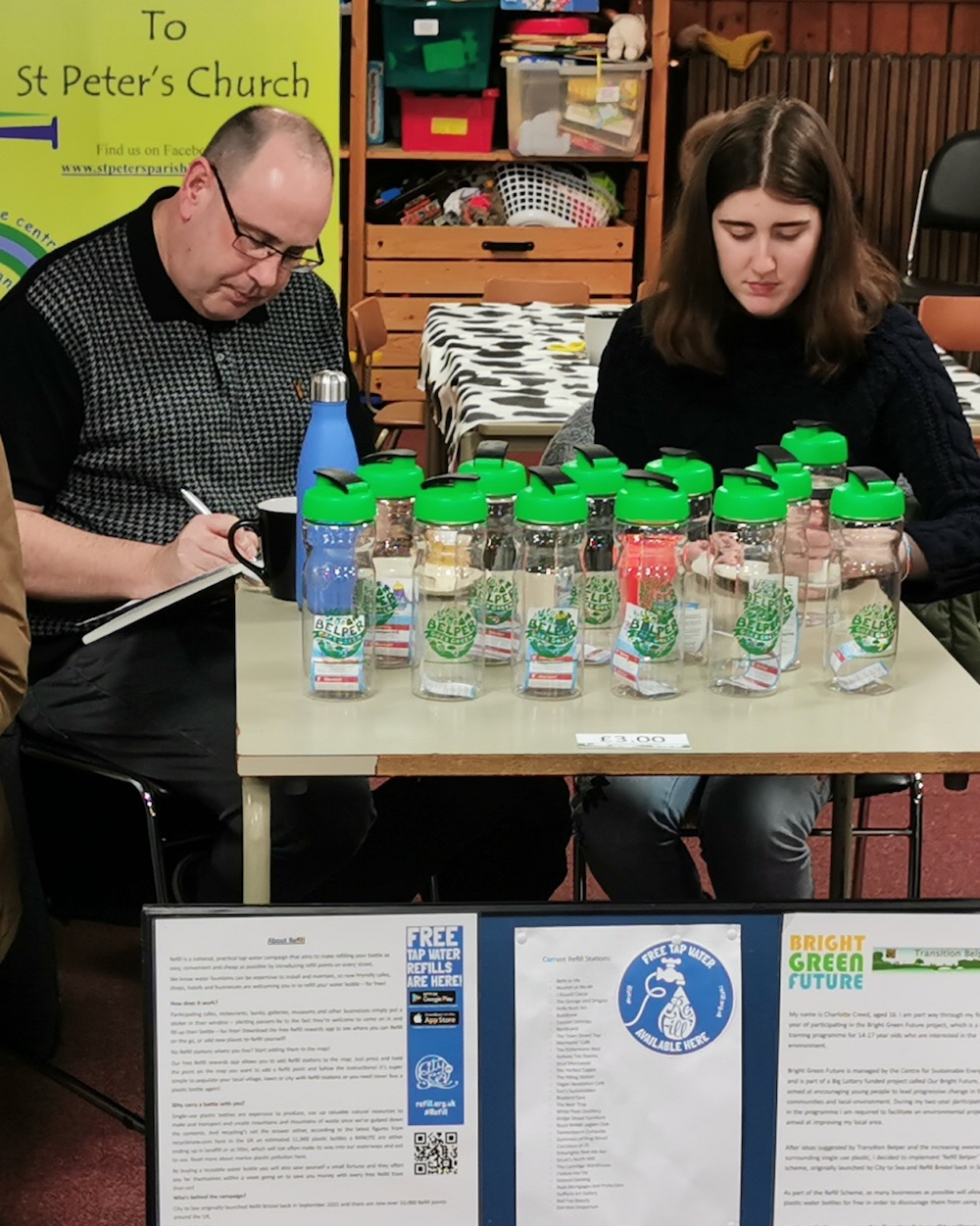
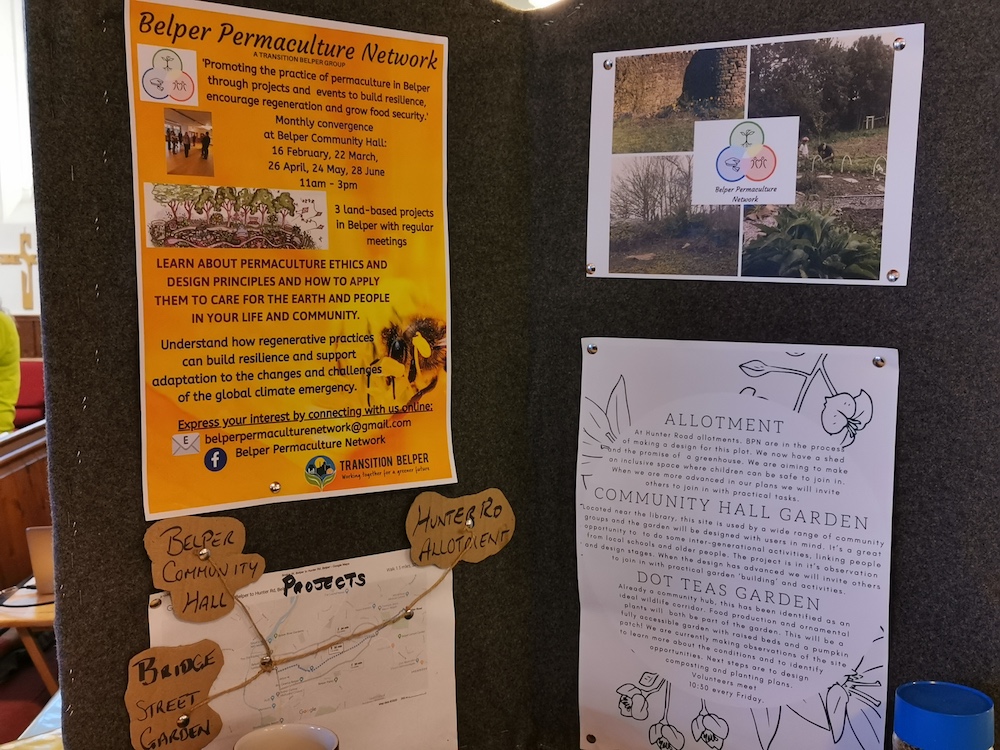


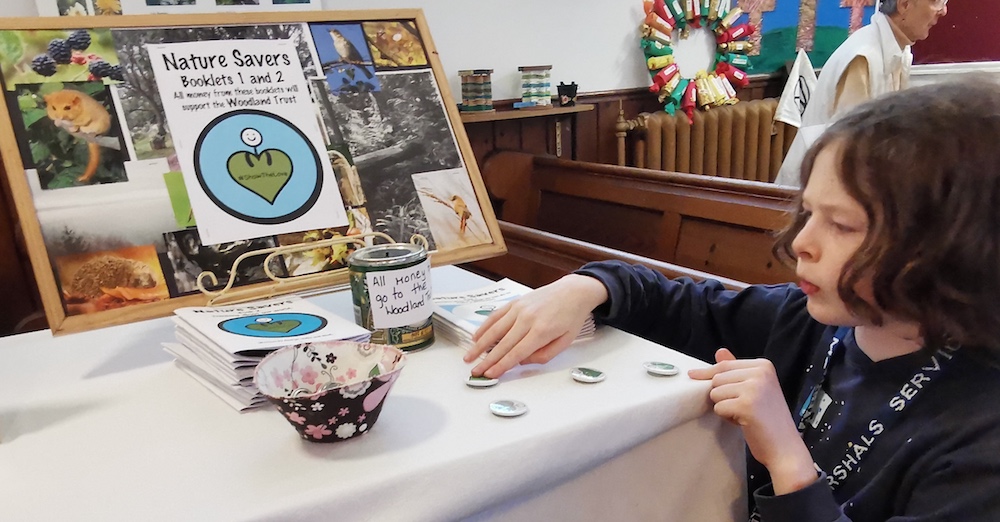
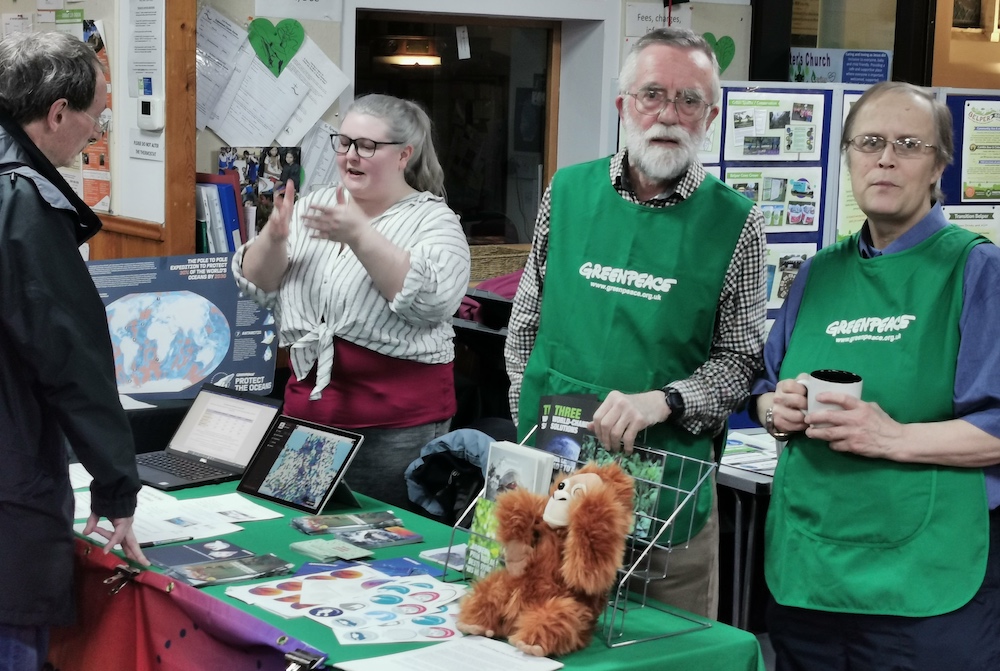



 There was an opportunity for anyone of any age to print a design of their choice with Jane a member of
There was an opportunity for anyone of any age to print a design of their choice with Jane a member of  Kim and Heather had lots of information and examples of sustainable fabrics such as wool, linen and flax. Heather had examples of yarn she had spun from banana skins and mint tops and
Kim and Heather had lots of information and examples of sustainable fabrics such as wool, linen and flax. Heather had examples of yarn she had spun from banana skins and mint tops and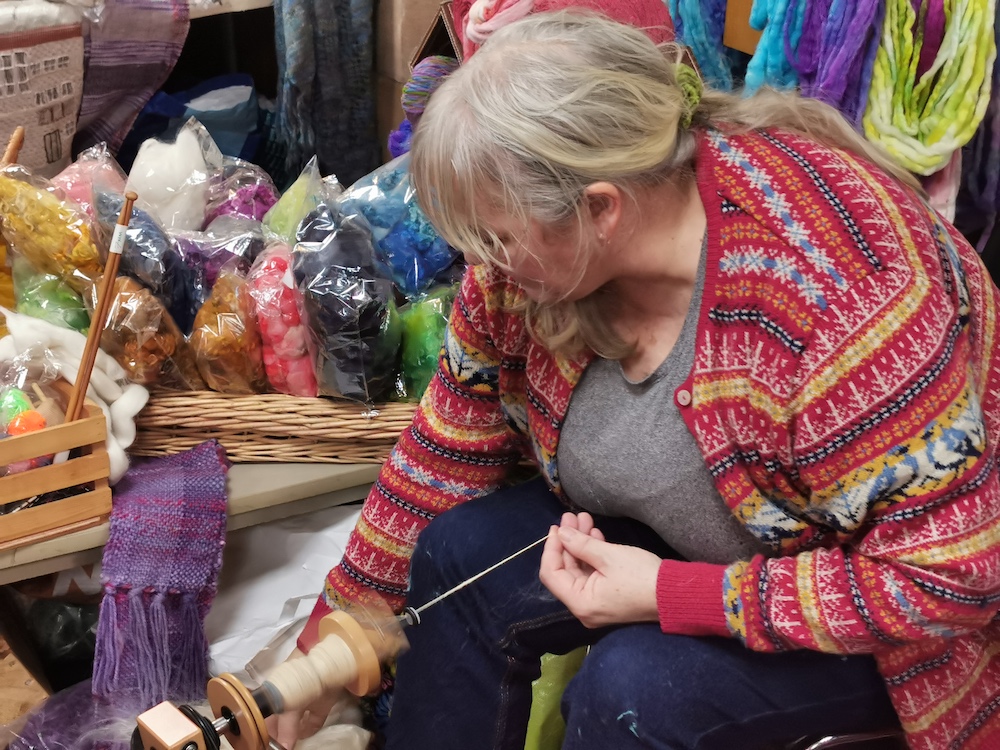 There was a cafe area and plenty of time for people to chat.
There was a cafe area and plenty of time for people to chat.

